The Heart Attack Itself is a single burger patty topped with macaroni and cheese, pickles, grilled onions, and spicy mayo sandwiched between two grilled cheese sandwiches. Yes, the grilled cheese sandwiches act as the bun. I felt my arteries clogging just looking at it nestled in its to-go box, and I wasn’t the one about to eat it. I have been assured by both my husband and a friend who just had to try it after we told him about it (a completely sane reaction) that the Heart Attack Itself is delicious and totally worth ordering.
Book Reviews, Fall 2021
Fall 2021 book reviews: The Modern Guide to Crystal Healing by Philip Permutt, and Sensitive is the New Strong: The Power of Empaths in an Increasingly Harsh World.
Creating Tea Rituals to Nurture the Divine Feminine
Have you ever had a day where nothing was really going as planned? Or one you knew was going to be busy and full of stressors? We’ve probably all had a day where we felt ill, and energetically on empty with no desire to power through. Did you make yourself a nice cup of tea and instead of drinking it from a travel mug on the go, you sat and enjoyed your tea for a few moments? Did it make you feel better and more equipped to deal with the moment? My best guess is yes! If so, then you’ve experienced firsthand the ability a simple cup of tea has to transport, nourish, and fortify. You indulged in a simple time-tested act of healing and self-care. An activity that could easily be ritualized. Using tea to commune with the sacred has a long history starting in ancient China. It’s the intention that makes it a ritual.
Weekend Getaways: Up North Excursion - Petoskey Region Roundup
Confession time! As a native New Yorker who moved to Michigan to attend U-M, I never understood the appeal of going “up north” for a restful getaway. I could appreciate its appeal for campers, skiers, and hunters, but not having such interests made Northern Michigan something of an enigma to me. So, an extended visit to the Petoskey area was an ideal opportunity to see the variety of settings, cultures, and cuisines reflected in the region.
Random Acts of Kindness: Layla Ananda's List of Miracles--Celebrating the Gift of Sight
Many people believe they can maintain a spiritual connection with a loved one even after that person dies. Ann Arbor resident Layla Ananda says that’s true for her, too—though two of the most important people in her life were complete strangers whom she never met. Ananda started to lose her eyesight at the age of twenty-nine, but thanks to two corneal donors and a pair of contact lenses, she now enjoys 20-20 sight.
The Aura Inside You: Photographing Your Deeper Self
Article and Photos By Cashmere Morley
If you ever have days when you’re feeling blue, or become red with passion, a recent resurgence in an antiquated form of spiritual photography says those feelings may not be too far off from reality.
Aura photography has become more and more popular on social media these past few years. The concept, which attracts enthusiasts and critics alike, originated in the 1970s. Unlike thermographic cameras which detect heat, aura photography captures a person’s aura. Aura photography is not a fortune-telling device nor a way to resolve questions. It captures the state you are in, right now, in your most present moment.
The uptick in recent interest in the practice has resulted in a flood of wispy, magical polaroids and inkjet-printed stills, scattered across screen feeds like a cotton candy, psychedelic dream. It’s a versatile practice in that everyone from grandma to teen brothers to Gwynth Paltrow is ready to discover what their own aura can tell them about themselves. But to understand what aura photography is, one must first understand the definition of an aura.
The first entry of the word aura in the Oxford Dictionary defines it to be a noun, meaning the distinctive atmosphere or quality that seems to surround and be generated by a person, thing, or place. Used in a sentence— "The ceremony retains an aura of mystery." The second entry, however, defines the word as a noun in terms of “spiritualism and some forms of alternative medicine:” a supposed emanation surrounding the body of a living creature and regarded as an essential part of the individual. Used in a sentence: "Emotional, mental, and spiritual levels form an energy field around the body known as the aura." Both definitions incorporate this idea of the aura surrounding the body, in one form or another.
Healthline.com notes that the “interpretation of what an aura is varies among practices and philosophies.” While that is true, what remains a constant through the different interpretations is the idea that all things in this universe have energy. Whether that energy is a reflection of your spiritual and/or physical body is up for debate. In more generic terms, an aura could be thought of as a vibe. If someone is giving off bad or good vibes, that’s their energy, or their aura, that you are sensing. In short, all things have energy: plants, people, pets, rocks. It’s the way you send out those vibes or energies that manifests as an aura.
Annette Schilz, owner of DNA Sales 2100 in Tecumseh, believes that through aura photography, she can show visitors how to tap into their deeper selves. Specifically, she believes your aura “shows you the energies that you are receiving and sending, and that it changes with your emotional state and your health. Ideally, having a strong aura helps protect and feed your chakras and maintain a good mind, body, and spirit balance.”
Said Schilz, “We interpret the aura as your energy field around your body. It’s like an emotional gauge, a little bit. You can tell what mode your thoughts are in by what colors are going to appear in the photo, and then naturally your chakras come into play with that, too. To me, they kind of meld together. Each thought or layer naturally goes to a different mode. I believe there are seven layers, which align with your seven chakras.” Those layers are physical, astral, lower mental, higher mental, spiritual, intuitional, and absolute.
Auras can change, second by second. With the use of rocks, essential oils, tuning forks, and more, Schilz can help guide visitors toward adjustments in their chakras, if they seek it. Sometimes, chakras can appear in aura photography sessions as blocked or lesser in levels than other chakras. By aligning those troubled chakras with objects that emit vibrations targeting those areas, anyone can learn how to make small adjustments in their lives to open themselves up to their full capacity, spiritually and otherwise.
“If you happen to get creative one day, and you say, ‘okay I need to do this creative thing,’ that's going to bring in those energies, it's going to change your colors to more creative green hues. And then, if you get into a layer of your mind where maybe you're thinking of someone you love, then that's going to change your chakras. What I love about the photography aspect, is that it gives a great visual so people can see how quickly the aura can change.”
A common question people have coming into aura photography, said Schilz, is, “What can I learn about myself?’”
To read an aura photograph, look not only at the colors and what they represent, but how are those colors haloed around the subject? Colors at the top of the photo represent your consciousness. The color to the left of the subject represents the energy that’s coming in, or the lens you see the world through. Are you an optimist? A pessimist? The color emanating on the right side of the subject’s body represents the energy that he or she is expelling. This is how the world perceives you. Are you warm and friendly? Or do people generally try to avoid your company? The visualization of an arch represents a goal or an aspiration the subject is perhaps trying to archive.
Read related article: Soul on a Short Leash: Butterflies, Bees, and Technologies
Colors can appear as a solid through the photograph, or can be mixed, a graduation from one color to the next. Red generally means the subjects are passionate but are encouraged to go out into nature to restore a balance in their lives. Orange auras exude confidence but can be emotionally aloof. Tan auras are generally organized go-getters that work best with structure in their lives. Yellow auras are known for their optimistic, warm personalities, which allow people to feel comfortable around them. Green can mean creative or goal-oriented types, but these energies can also hold themselves back. Blue auras are tied to nurturing, sensitive energies. Water activities can make them feel more grounded. Purple auras are the unconventional, non-judgmental types. They are encouraged to keep a journal and to trust in others. A white aura generally means intense energy and cosmic wisdom.
Schilz brings up a story about renowned psychic Edgar Cayce, who allegedly had the ability to ‘see’ auras without any kind of technology intervening. One afternoon, Cayce was going to board an elevator but stopped himself from entering, when he noticed everyone inside had a black aura clouding them. According to Schilz, the elevator line would end up snapping, killing everyone inside.
“Think about the people you surround yourself with,” said Schilz. “If you’re with someone that really brings you down, brings your energy down, and you tell yourself ‘Oh, I’m only around them for a half-hour, it’s okay,’ this practice disputes that. The energies you surround yourself with, do matter.”
Is the energy that surrounds us and everything else measurable? And if so, how? As we turn to how the camera captures the aura, we must also examine how an aura manifests itself.
To discuss the more tangible, scientific side of the aura phenomenon, we begin in Soviet Russia in the 1930s. Born out of Kirlian photography, the aura photograph was conceived when a scientist accidentally charged an object with electricity while sitting it on a photographic plate. The charge created when the two coalesced created a colorful ‘energy’ as the electricity discharged from the plate.
Aura photography did not take off, however, until the rise of alternative healing methods, such as crystals, in the 1970s. Guy Coggins took the Kirlian technique and tweaked it to his own camera system, resulting in the AuraCam 3000 (a later version, known as the AuraCam 6000, is still widely used today)
The AuraCam 6000 shows auras evolving in real time. To manifest your aura, you begin by placing your hand on a plate that contains sensors. Those sensors collect deviations in temperature, humidity, and static electricity. These parameters are then projected as a brilliant, colored aura on screen. Other parameters such as aura power, chakra levels, and balance between male and female energy, are also reported by infographs, and are all factored into the color that manifests onscreen and in your aura photo. If chakra adjustments are made during this time, the aura will reflect those changes almost immediately.
While Schilz had an AuraCam that connected to the top of her computer, some practitioners of aura photography use a polaroid to capture auras, since it is more portable and can be used anywhere, as opposed to having a set studio space. Christina Lonsdale, Portland creator of the popular roving polaroid photography aura practice, Radiant Human, prides herself on being the first “roving, fully adaptable aura photography laboratory” of its kind, in that she comes to you for an aura reading.
Lonsdale claims Radiant Human works as a “conduit for those seeking a new kind of self-exploration—a brief, metaphysical vision quest, compelling us toward a uniquely tangible kind of self-discovery.” She notes that while aura photography can help occupy “the gray space between science and mysticism,” familiarizing ourselves in the practice “immerses us in the quantifiable forces just outside of human perception—helping us to acknowledge the naked energies we all radiate into our world. Perceptions can pivot with the click of a shutter, illuminating our truest selves, and giving new light to what was there all along.”
Schilz said she has been able to help diagnose and treat everything from stomach ailments to hernias in visitors, based on what chakras appear to be blocked or appear as lower levels in their aura photo. Whether you believe in the technology or not, Schilz suggests everyone should approach aura photography with an open mind.
“My whole theory is that we really need to do more on our emotional level,” said Schilz. “I mean, I think that's kind of what's being missed. People are so focused on the physical, but they never really attach any of their problems to the emotional. So, we decided aura photography would be a great tool to help people first visualize and understand how outside problems might be connected to inside emotions, and it starts with getting in tune with the aura.”
Visit DNA Sales 2100 for an aura photograph at 406 North Pearl Street in Tecumseh, MI, between Monday and Friday, 10 a.m. to 7 p.m., and Saturday, 10 a.m. to 6 p.m. To learn when Radiant Human is coming near you, visit radianthuman.com.
Related Content:
Angels On the Surgery Critical Care Ward: Ice Water, Warm Blankets, and 24/7 Prayer
It all started from eating bad chicken, or so I thought. I lost everything in my stomach over a period of three hours, and the pain was only getting worse, so I called the answering service for my primary care doctor. It was early in the morning on May fifth, and a nurse instructed me to go to the U-M Hospital ER right away. I had a lot of misgivings, mostly because I knew from a doctor friend that the U-M was still treating a significant number of people for Covid-19.
East Close to Home
Since 1999, during the month of November, people across the globe have participated in the National Novel Writing Month (NaNoWriMo), attempting to write a 50,000-word novel in just 30 days. Many popular authors have gotten their start with NaNoWriMo. In 2008, some of Emily Springfield’s friends were among those who had taken up this, and other, month-long challenges. But, Springfield didn’t want to write a novel. As she told me, “I decided that since food and gardening were my passion, I would institute ‘NaLoFooMo’—National Local Food Month—and write about local food each day of November.”
All Creatures Great and Small: Covid Cats--Quarantine? Let's Do It Again!
Undeniably, Covid 19 left a tidal wave-sized dent on the world. The pandemic greatly affected our daily lives, but some effects we are still discovering. This begs the question: Twenty years from now, what will you remember about your quarantine experience? Among my memories of more family time, higher frustration levels, Zoom visits, masks, off-brand groceries, and less toilet paper will be the sheer exuberance of our cats. Yes, I wrote exuberance. The cats were ecstatic: their human servants were home all day.
Tea Time with Peggy-- Chai Tea - Spice for Health!
In the early spring of 2010, I took a trip out to Boulder, Colorado. While talking to the concierge, my love of tea came up. He suggested that I check out the Dushanbe tea house and to make sure that I drank the house Chai. At the time I was a bit of a novice when it came to tea and knew little about chai. However, one sip of the hot, sweet, spicy concoction and I was hooked. There is just something about cinnamon and ginger that makes a person smile.
Fair Food Network Stepped Up to Meet the Moment
As we all know, the past 18 months brought disruptions that none of us expected or could have predicted. Significantly, Covid-19 stimulated a national hunger crisis. Nearly one in four households experienced food insecurity in 2020, many for the first time in their lives, as those impacted by pandemic-related shutdowns and layoffs struggled to afford enough food for their families. This surge undercut a decade of progress in reducing food insecurity, particularly among children.
Sustainable Health: Ask for Help!
The weeks and months after my first child was born were some of the most difficult I have ever experienced. I was depleted from blood loss, and it felt like all the nutrients in my bones and muscles were being concentrated into the growing baby and breastmilk. For the first few days, my husband carried me down the stairs. He changed every diaper for the first month. However, the sleep deprivation, the intense emotional changes, and continual nutritional depletion converged to bring me to a point of stress in my system I was unprepared for and had little facility to manage.
A Physician’s Journey: Yoga & Meditation to Holistic Medicine-- Excerpts From a New Book by Dr. Dennis Chernin
Excerpts From Yoga & Meditation to Holistic Medicine: A Physician’s Journey, a new book by Dr. Dennis Chernin.
Namaste, Katie... Our Yoga Column, Fall 2021
hether you're a seasoned yogi or getting ready to roll out your mat for the first time, here you'll find a variety of useful tips from local yoga instructor, Katie Hoener.
Healers of Ann Arbor: HeartMath™ with Rachel Egherman
“HeartMath™ is heart-focused breathing, or breathing through the heart space,” Rachel Egherman said of the gentle form of self-care that helps you check in with your body, your heart space, and feel supported. “This is something you can do yourself in the grocery store line. It’s a way to quickly self-regulate.”
Waking Up After 2020
Here we are in autumn and soon leaning toward winter, the holiday time when we gather with loved ones—when home becomes the warmth we circle around. When my spouse and I bought our house twenty years ago, we talked about getting a mezuzah. Mezuzahs are hung on the thresholds of Jewish homes, to signify the transition from the outer world to the inner. Inside each mezuzah is a prayer from the book of Deuteronomy. There was just one little hitch: Neither of us were Jewish.
Conscious Parenting: Mindfulness Tips Teens Wish Parents Knew
By Natalie Freeburn
As a high school mindfulness teacher, I enjoy guiding, practicing, and applying mindfulness techniques along with my students. Seeing them learn about themselves as they grow their mindfulness practice teaches me about them daily. Every year, however, my students tell me I should teach a mindfulness class for parents and guardians, too. So, I’ve asked them, what have you learned in this class that you would most like them to know? If adults can practice tuning inward and grounding themselves when they are faced with challenging situations or strong emotions, it becomes easier for us to teach our children to do the same.
Navigating Emotions
As human beings, we all experience a full range of emotions, but identifying how we feel at any given moment can be easier said than done. Of course, it’s easier to allow ourselves the space to feel emotions that are pleasant or acceptable to societal norms. What happens, though, when we’re feeling unpleasant emotions such as anger, sadness, anxiety, or boredom? When we don’t allow ourselves to feel what we feel, it can have many unintended consequences. Avoiding unpleasant feelings with cover-up behaviors is not uncommon. It can be hard to turn inward and admit what we are actually feeling and understand what those feelings are trying to tell us. Many people avoid uncomfortable feelings with distracting behaviors or negative choices. Oftentimes, people act as though they are angry, but when they look deeper, they may find they are feeling ashamed, disrespected, embarrassed, or hurt. Anger is more accessible and acceptable, especially for many boys who are told to “man up” or “don’t be a baby.” We need to be allowed to acknowledge the deeper, more vulnerable emotions. All feelings are normal, human, and okay to feel, however uncomfortable they may be. It can be helpful to think of our feelings as clouds—ever-changing, and some more pleasant than others. Some linger for a long time like the gray of a winter day; some come and go like a passing storm; some are beautifully full of color. When we are feeling unpleasant emotions, remember that eventually, like the clouds, it won’t always be this way. This can be helpful to remember when we feel stuck in an unpleasant emotion like anxiety or boredom—but leaning in to acknowledge the emotion is the first step in loosening its grip.
Accept and Allow All Feelings
One great way to utilize mindfulness is to recognize one’s emotions in order to deal with them, which is a practice Dr. Daniel Siegal calls, “Name it to Tame it.” Consider our feelings like a very excited toddler who has something important to tell you. The sweet child won’t stop begging for attention until what they are trying to say is repeated out loud. Once they are acknowledged, they feel heard, and they move on. Likewise, when we avoid acknowledging an unpleasant feeling, it tends to linger on until confronted. What we resist, persists. Therefore, model being vulnerable with your feelings around your kids. Talk about how you’re feeling, especially when you are feeling unpleasant. This act of vulnerability is not a sign of weakness but demonstrates your humanity to your kids, and it opens the doors for them to be open and vulnerable with you as well. Children and teens often hold difficult feelings inside all day when they are away from home. For many, home is often their safe space where they feel they can be themselves and still be accepted, because of this they often let it all out on the family or trusted loved ones. While this is hard and often creates tension at home, kids do this because they feel safe. As their parent, we should stay grounded, allow for some space, and then get curious about what’s really going on. Try staying calm and open, centered, taking a moment to pause before proceeding.
Power of the Pause
People typically act how they feel to some extent. When people feel right, they act right. However, when the emotions are less positive, having a personal meditation practice can help parents center themselves and avoid reacting rather than responding. Allowing time to pause when feeling annoyed, angry, or frustrated to think about how to respond rather than react out of strong emotion takes time and practice. Although hitting the pause button is difficult, kids are asked to do it all of the time. So, model this, “I’m so frustrated with your behavior right now. I need some time to cool off and then we’ll come back to it.” Or if you see your teen getting revved up, offer them time to step away for a moment. This lets our thinking brain and feelings brain reconnect; otherwise, we end up saying things that don’t work toward discovering the root of the problem.
Read related article:Where the Rubber Meets the Road: Strategies for the Emotional Challenges of Parenting — Helping Children Adjust to a New Sibling
Listen With Compassion and Without Judgment
Growing up is hard. Our teens face immense amounts of pressure to “succeed” in all areas of their lives. This pressure doesn’t only come from external sources like parents, teachers, coaches, and the media, but they are constantly comparing themselves to each other and putting additional pressure on themselves. All this while trying to figure out who they are, what they stand for, and where they fit in. It can feel hard and messy at times. From teaching, I have learned not to assume I know what’s going on in the lives of my students. Kids and teens can be very open and honest when they are given the space to say what’s on their minds without the fear of being judged or ridiculed. Try asking questions about how something might pan out to get them thinking of things they may not consider instead of judging them or offering advice. This helps them process and come to conclusions on their own and helps them build confidence in their ability to make difficult decisions.
Allow Space to “Mess Up”
We are all human. We all make mistakes. One of the top contributing factors to anxiety and students feeling hopeless is the fear of failure. Sometimes, fear is so great it prevents people from taking healthy risks such as contributing to discussions, talking to unfamiliar people, saying the wrong thing when making a phone call to schedule an appointment, or facing a challenge. A student once told me her mom calls mistakes “learning opportunities.” Wise advice! As a parent, it’s hard to see our kids struggle, and we want them to be successful and feel joy. However, we must allow our kids to feel disappointed, bored, and frustrated with low-stakes problems in life so that they may learn how to cope when life gets more challenging. When we “fix” problems for them, we rob them of the belief that they are capable of working through problems on their own. Becoming aware of how you respond to your own mistakes and how you react when your kids inadvertently mess up is more valuable. Responding with kindness, compassion, calmness, and blamelessness, allows them (and ourselves) the space to think about how to work through a mistake or problem, whether we process together or independently, can be one of the biggest gifts we can give them on how to handle the challenges they will face in adulthood.
Natalie Freeburn is a high school Family and Consumer Science, Mindfulness, and Careers in Education teacher in Saline, MI. She can be reached at freeburn@salineschools.org
Related content:
The King Family: Half a Century of Farming, Making Music, Teaching Yoga, and Building Community
The King family has been a prominent presence in the Ann Arbor and Southeastern Michigan community in a myriad of ways—as farmers, musicians, teachers, and more—for nearly fifty years. The roots of the King family and their Frog Holler Farm go back to 1971, to the founding of the Indian Summer restaurant in Ann Arbor. That’s where Indian Summer’s co-founder, co-owner, and head cook, Ken King, met Cathy Munkholm. Cathy had been hired to make salads at the restaurant and worked alongside Ken, chopping vegetables.
How a Pandemic Transformed My Life After High School--Perspectives and Resources from a 2020 High School Graduate
For the past eight years, music has been my life. As I progressed through high school, I began feeling pressured to say yes to opportunities because I felt like I needed to—for college applications, for my future career as a professional musician, and even as someone that couldn’t let my teachers (who had invested so much into my musical development) down. This pressure came from what I call the “Ann Arbor Excellence Phenomenon” (A2EP) – a force that values external accomplishments more than happiness and well-being.
Life Force: Discovering Invisible Allies Outside Your Door
As the sun moves higher in the sky, warming our bones and our soil, we might find ourselves more frequently drawn outside. We venture into our personal landscapes just outside the door, onto the trails of our neighborhood park, or even Nichols Arboretum, looking for more signs of life emerging from the earth. What is our personal connection with this green world outside? Some of us have started a spring vegetable garden, some of us hike or play regularly in the wild, and some of us might not know anything about plants—we just know what looks beautiful to us or how good we feel after spending time outdoors.
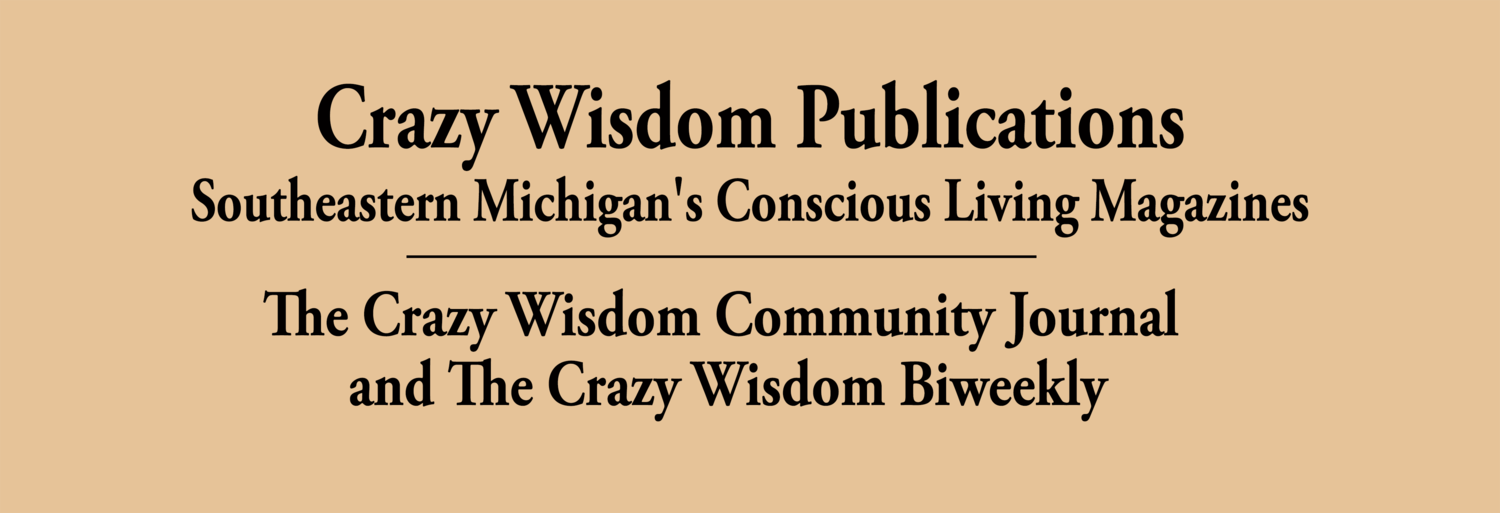



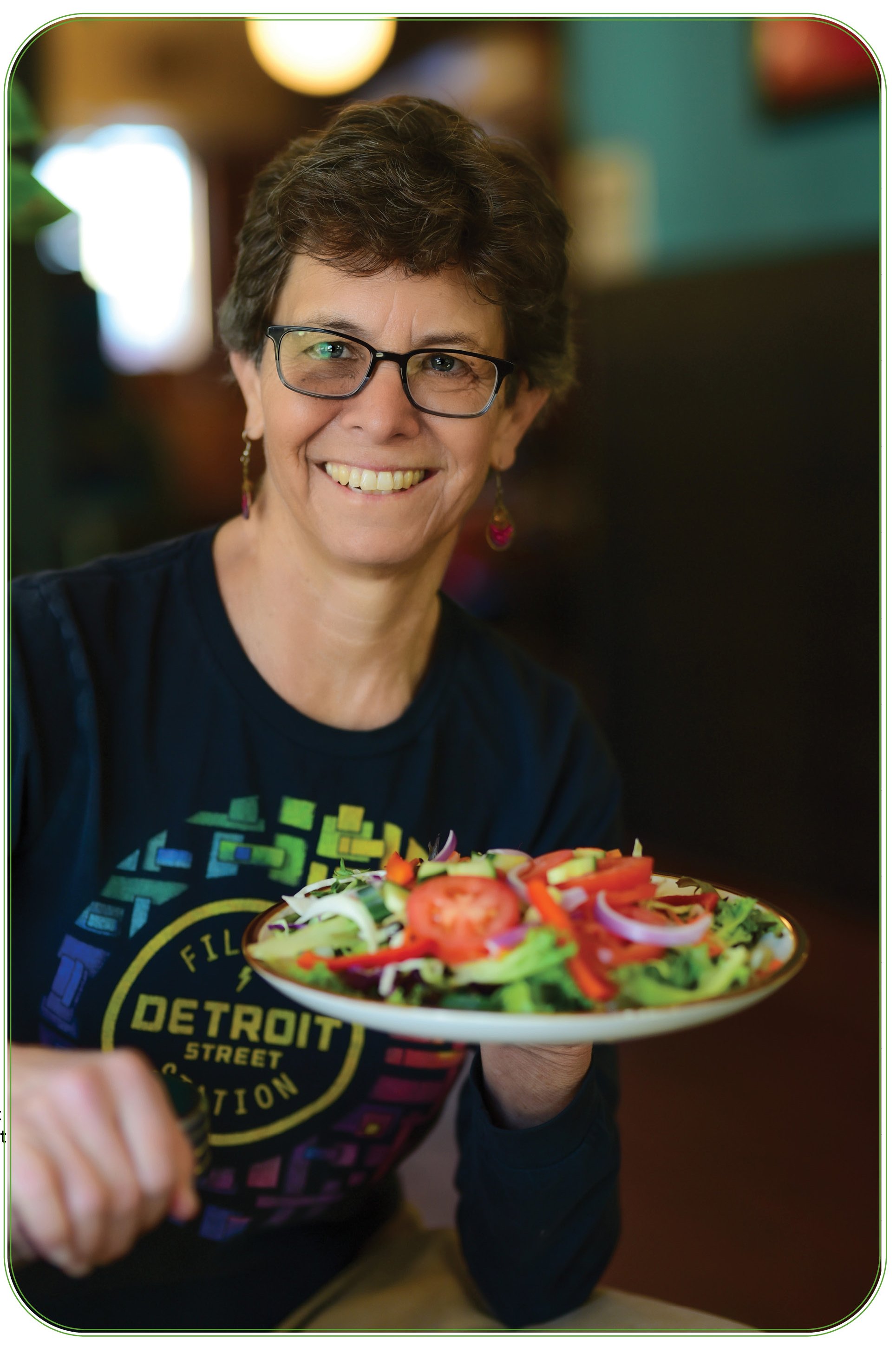










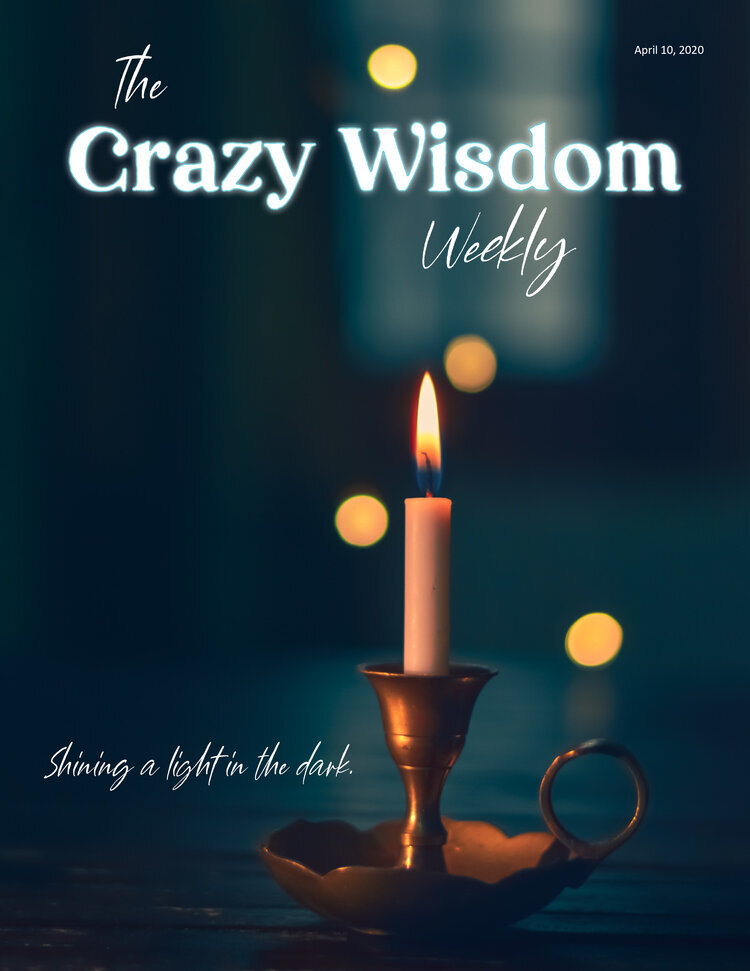

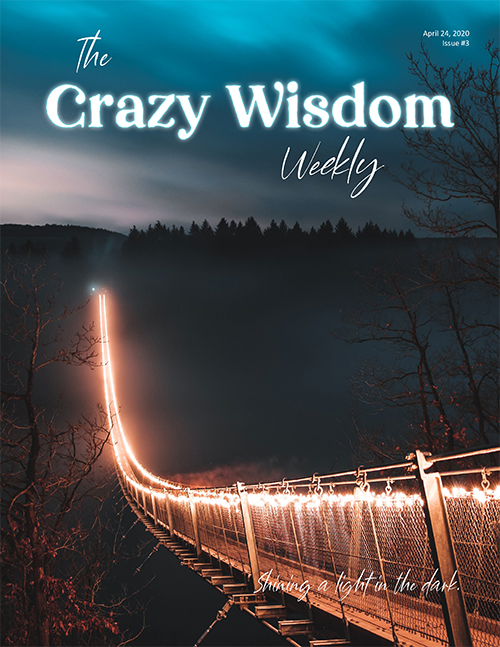


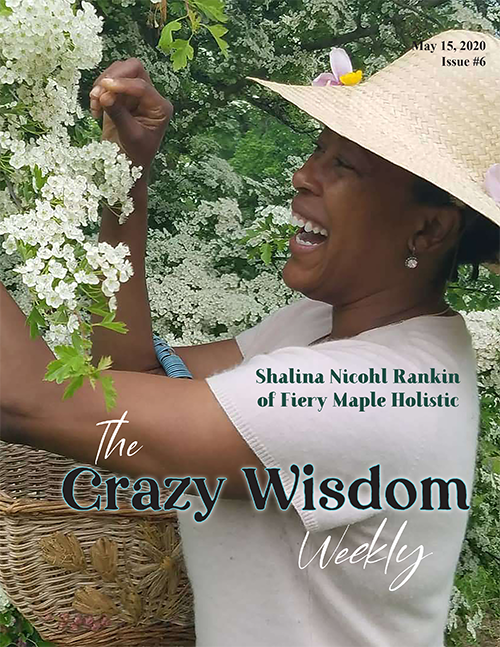
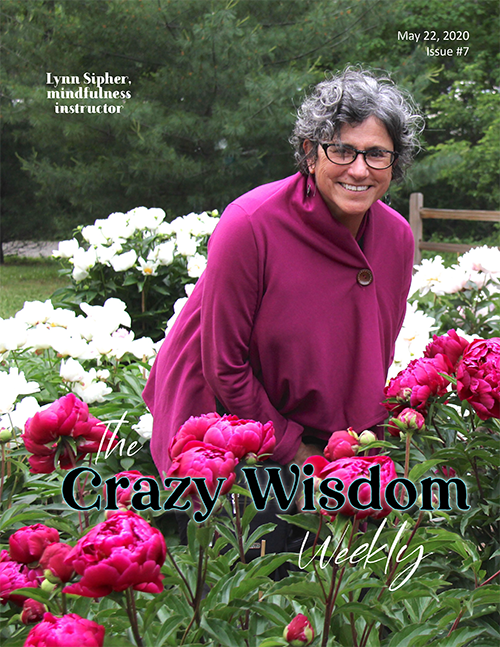


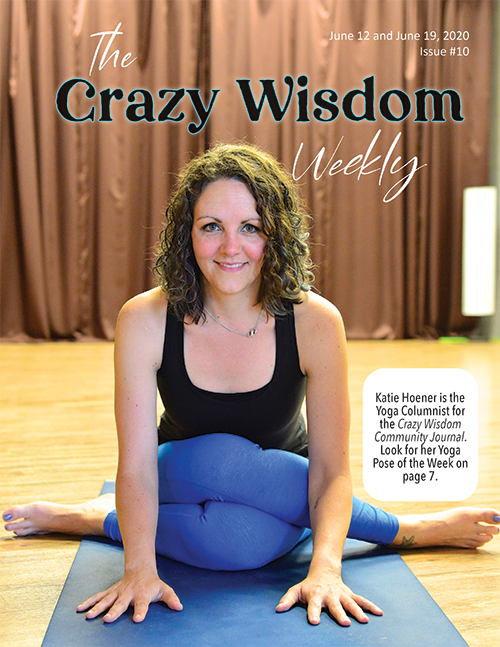
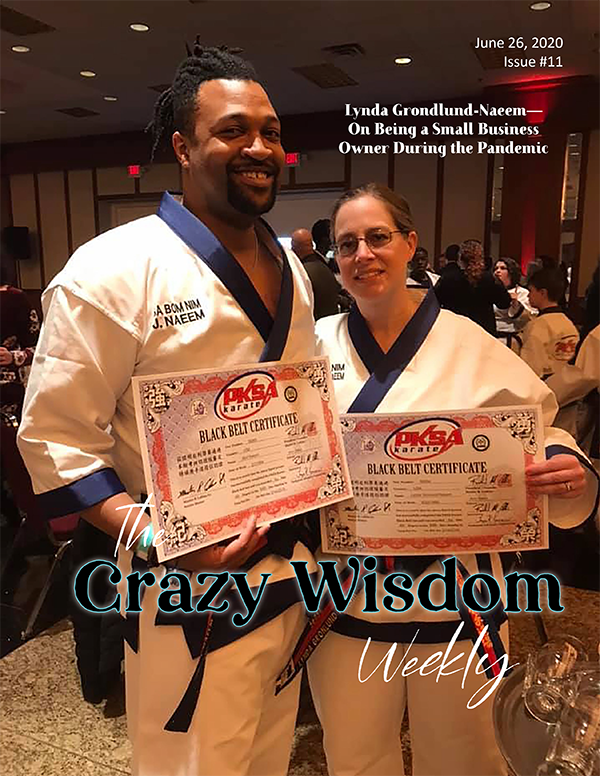
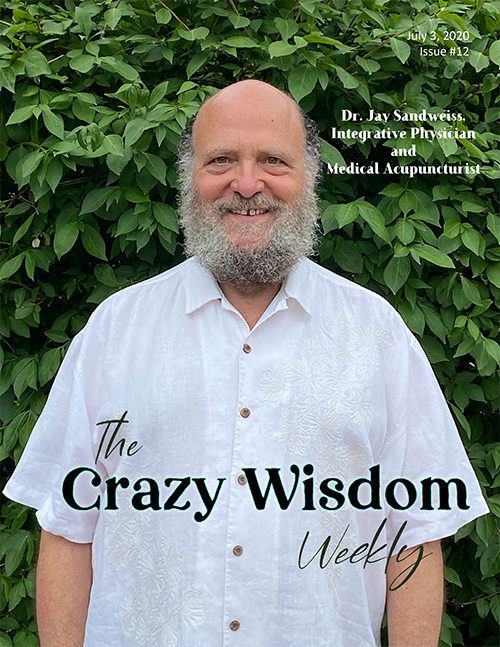
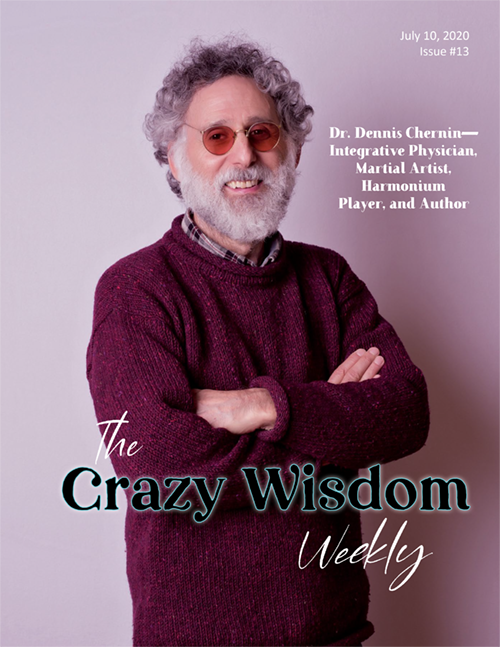
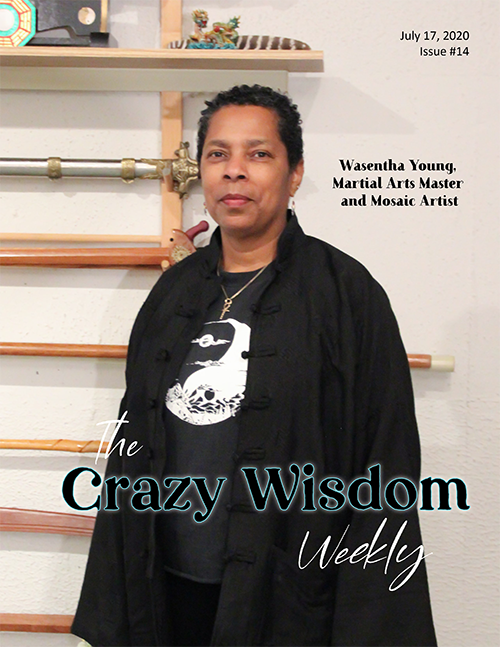
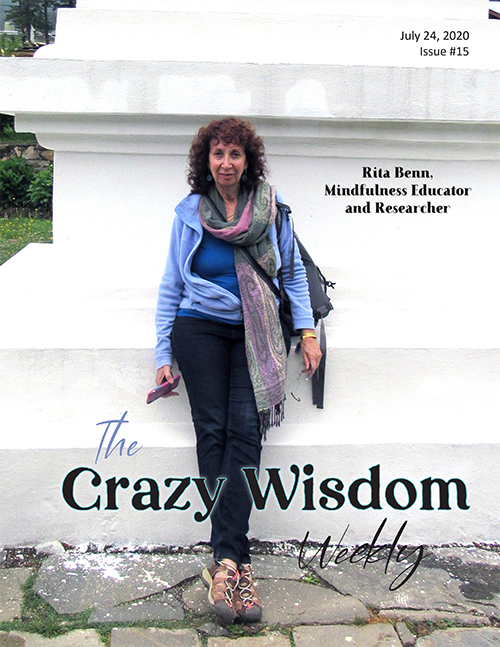

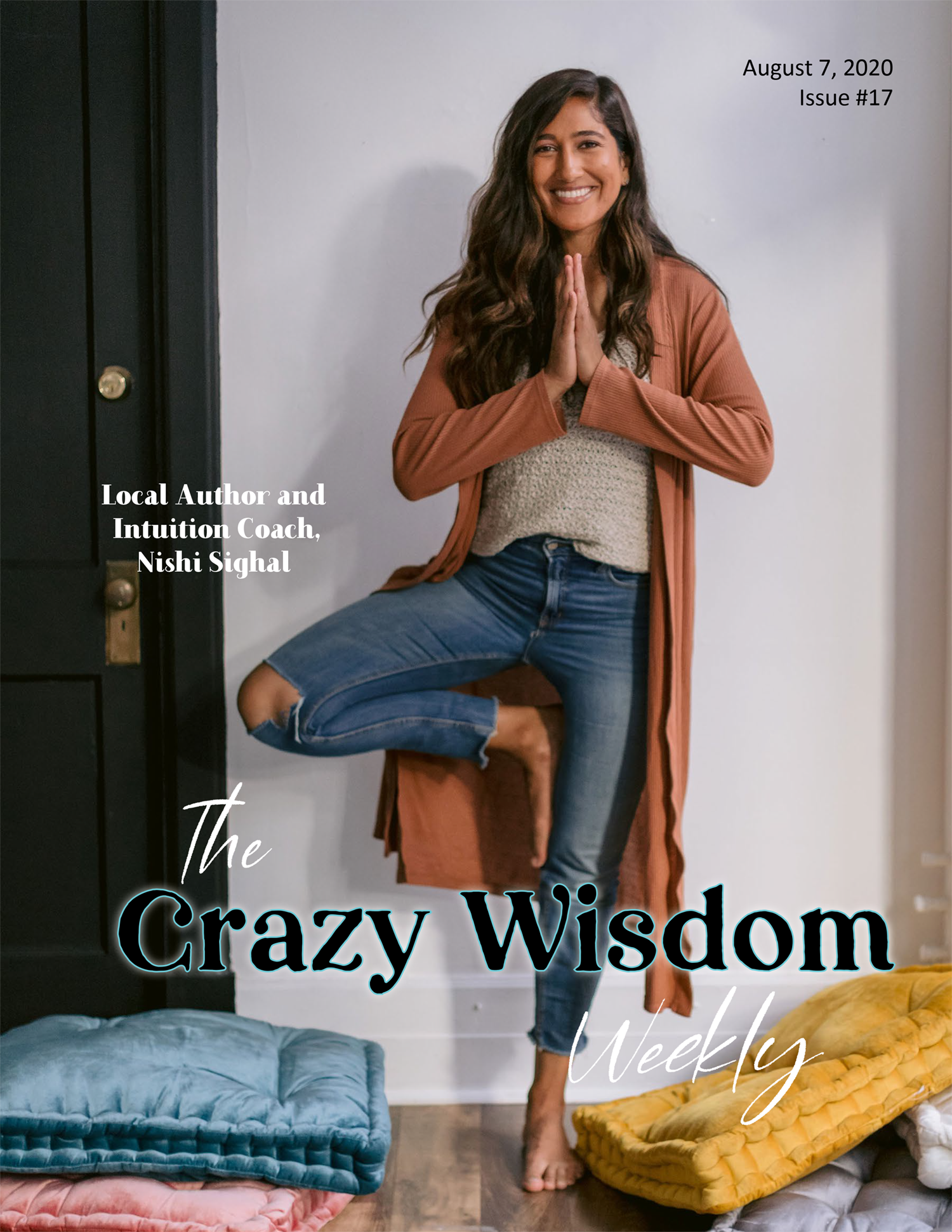
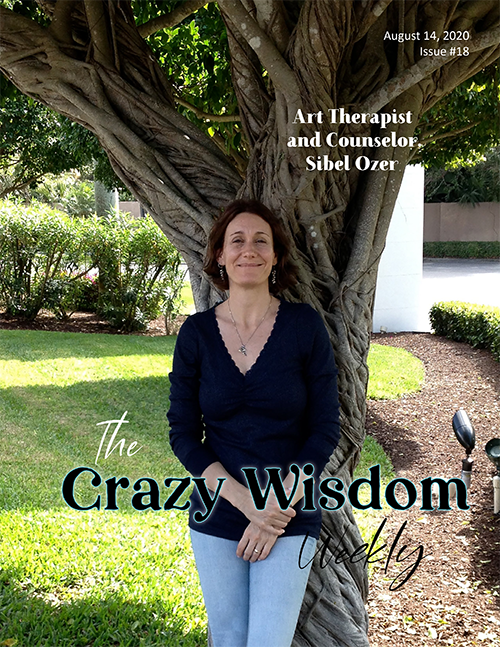
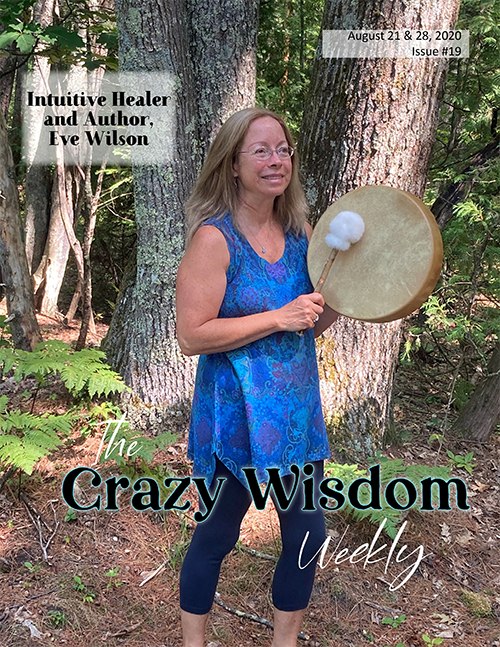
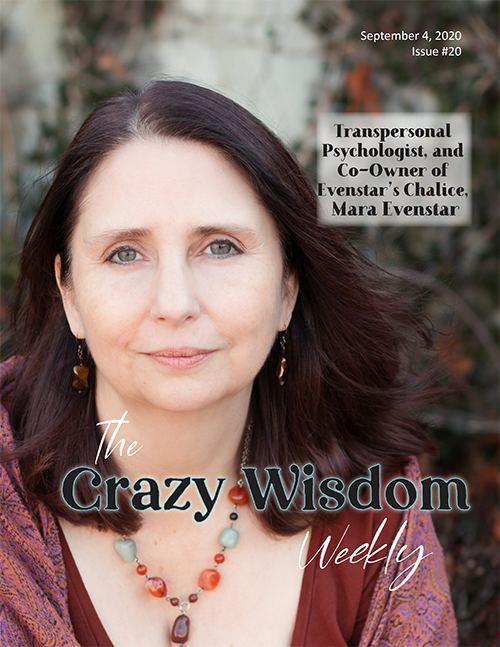
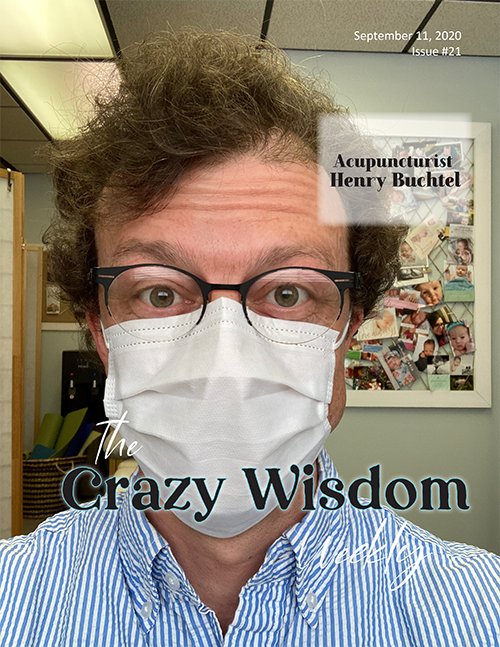
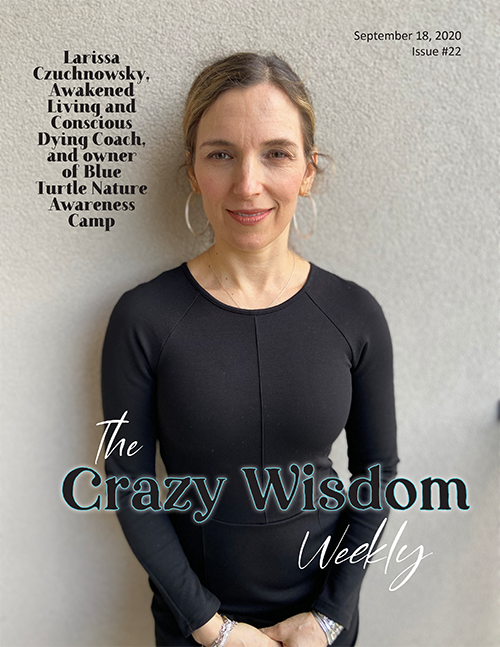
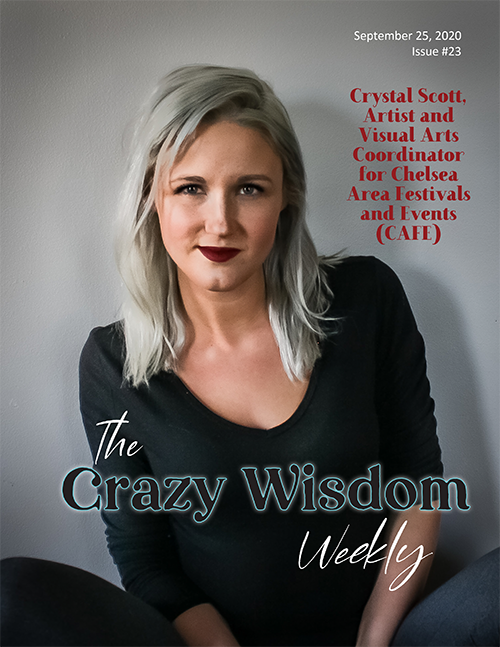

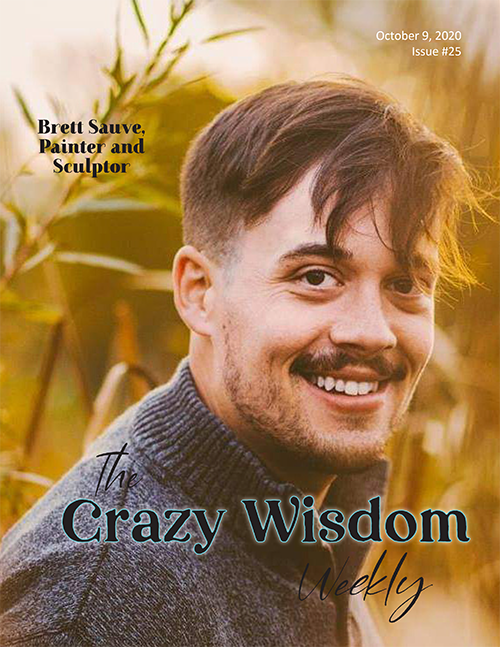
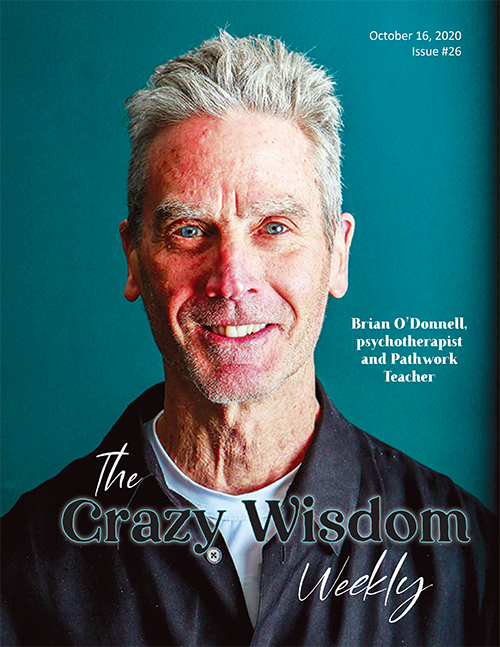

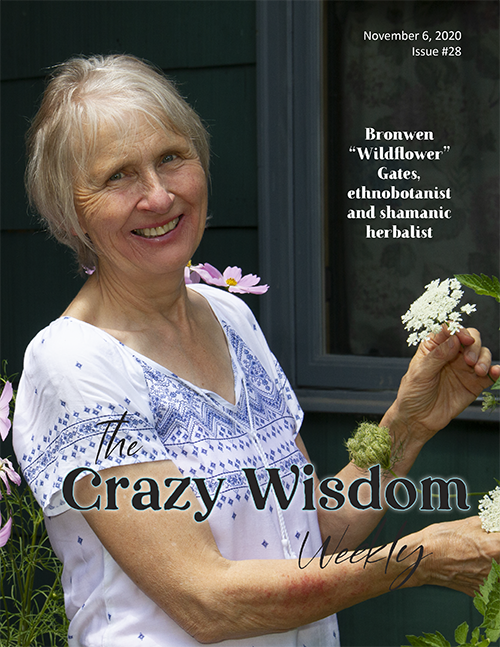
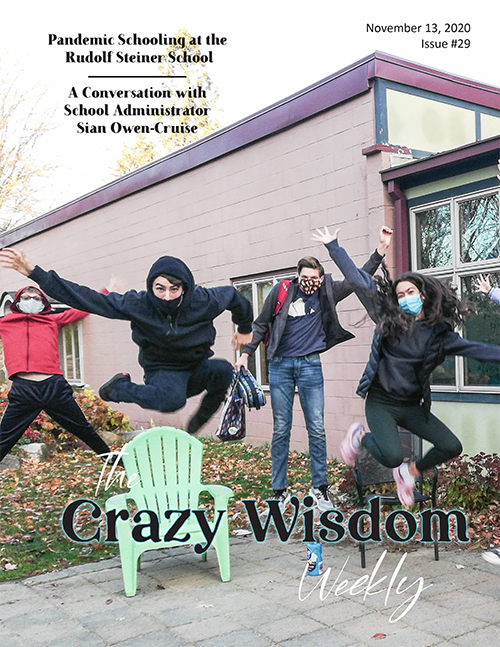
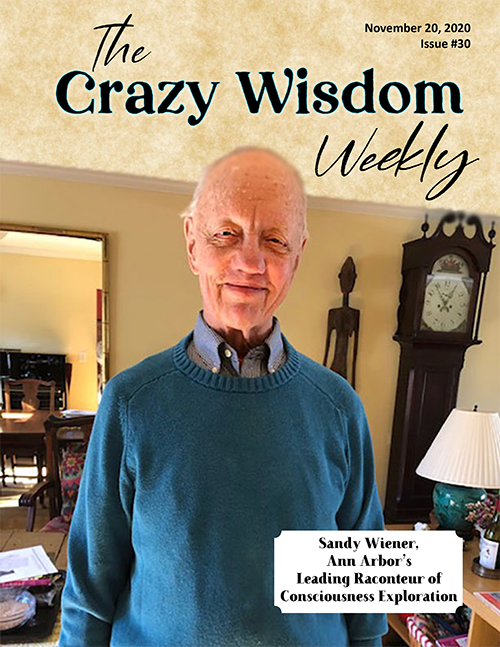
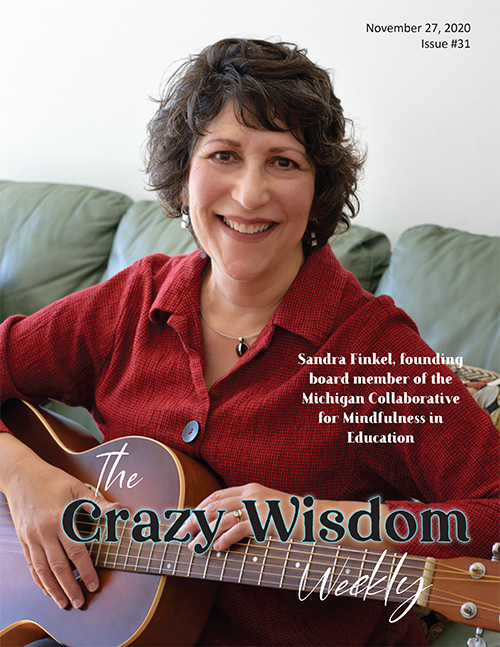


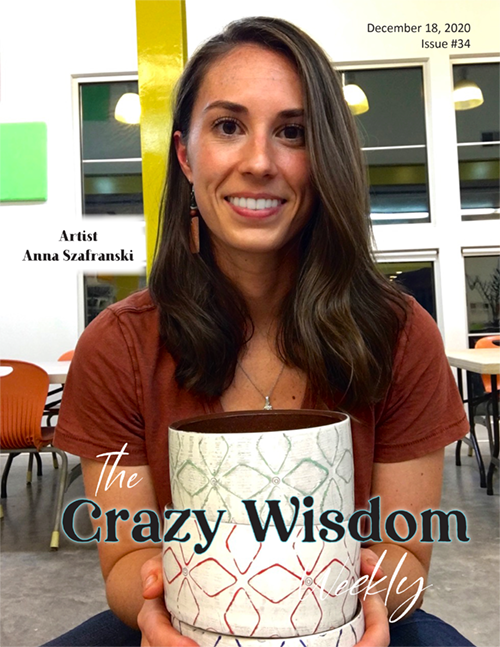
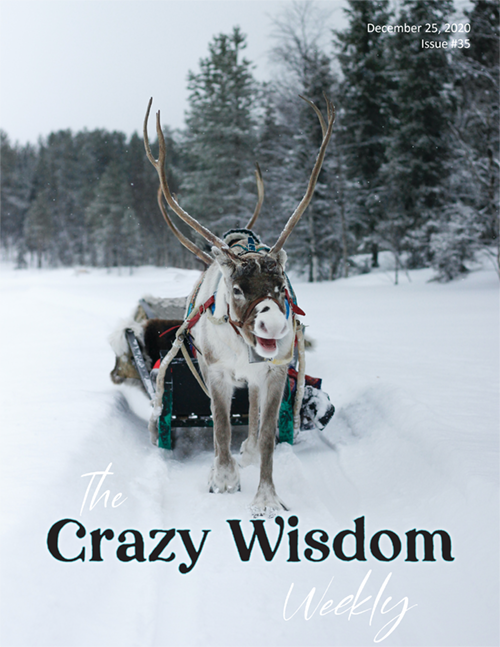
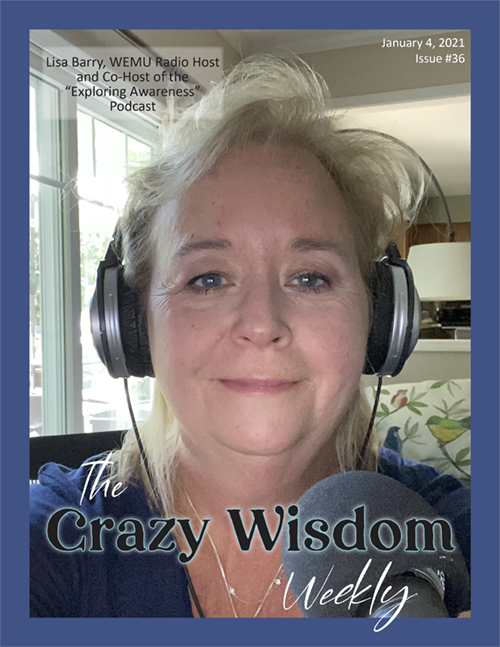
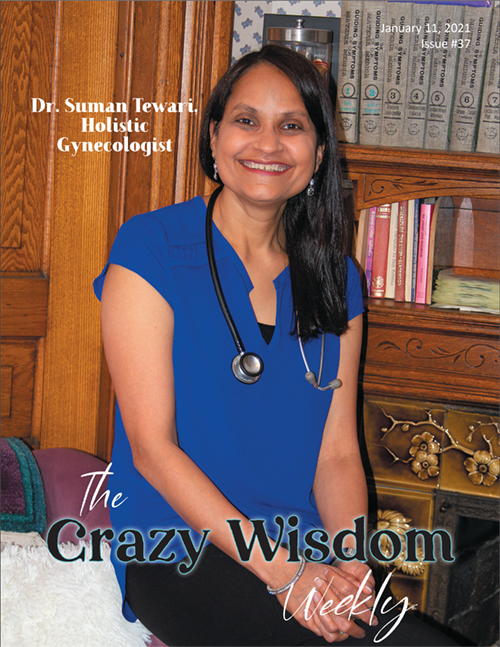

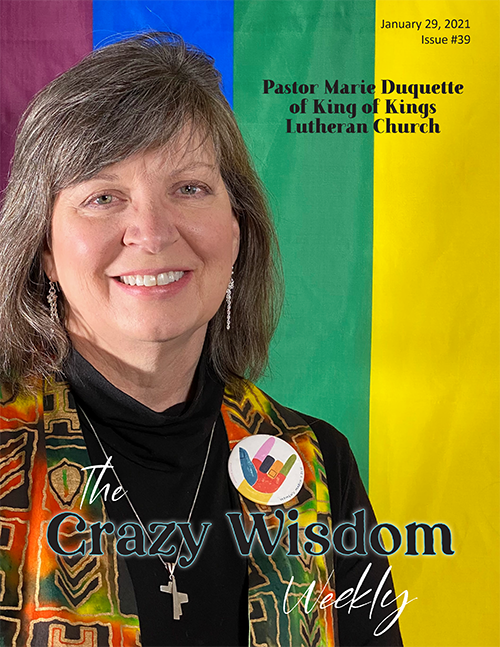
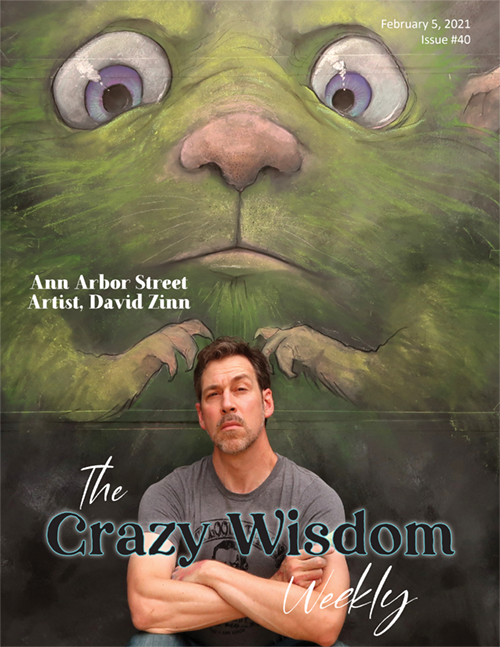

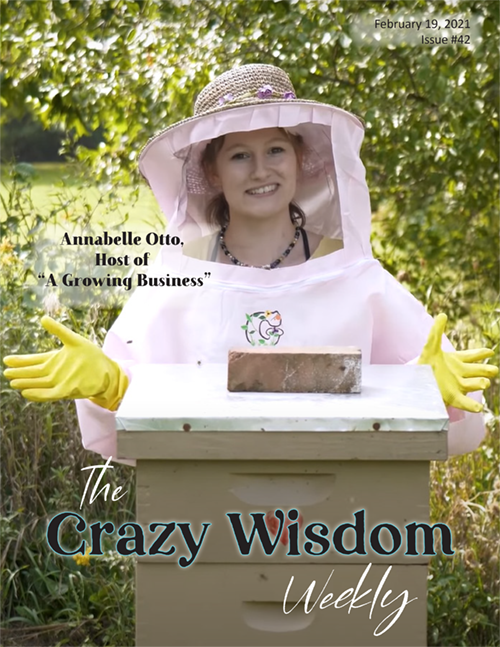
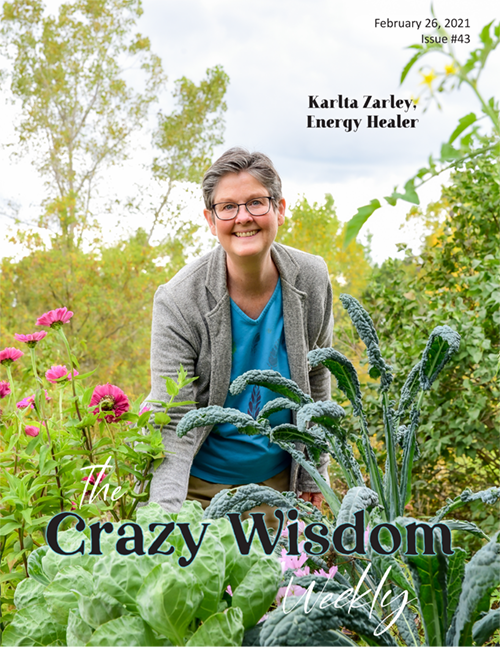
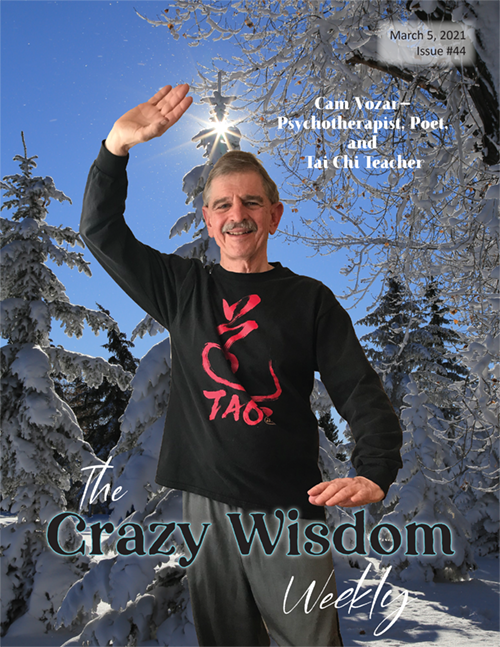

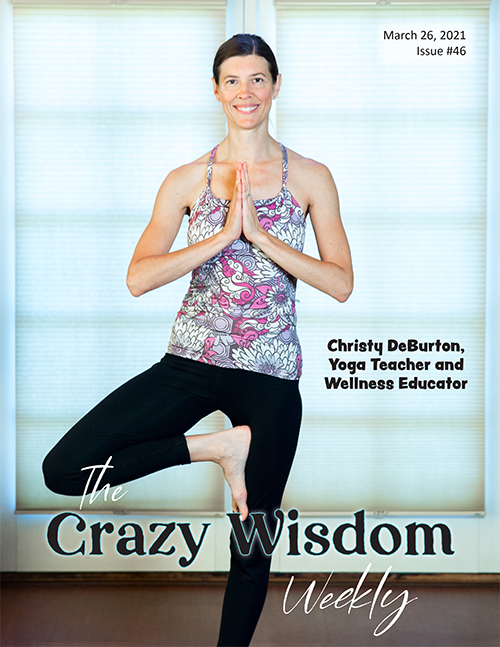
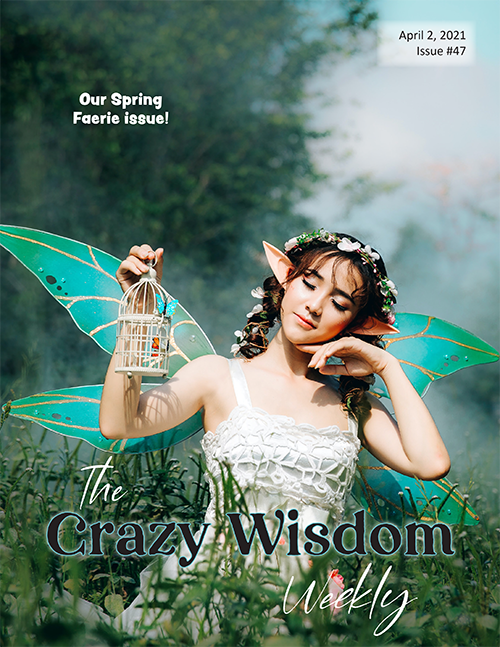

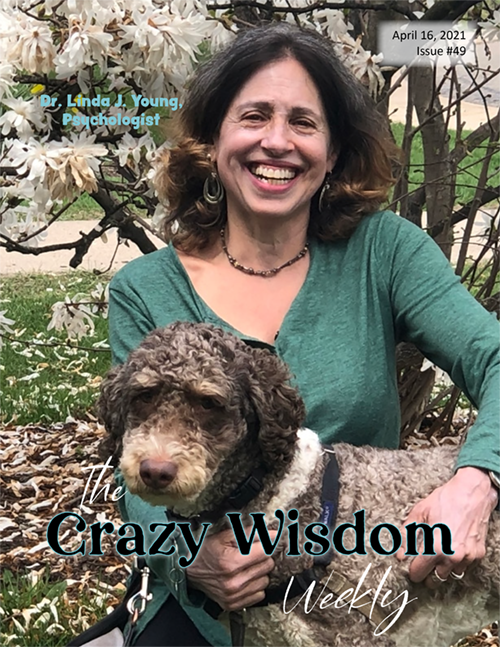
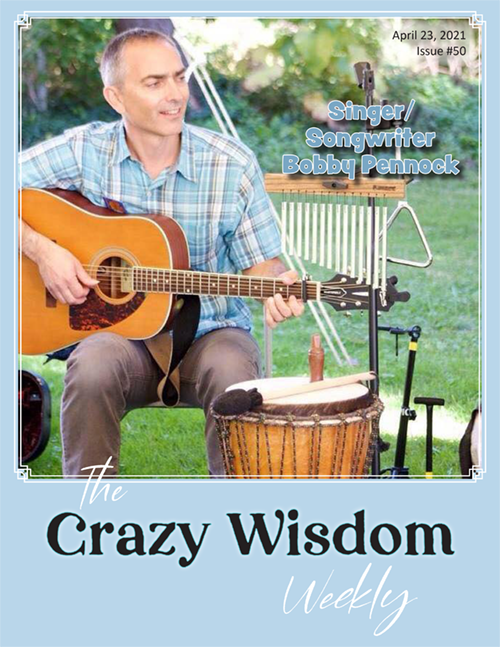
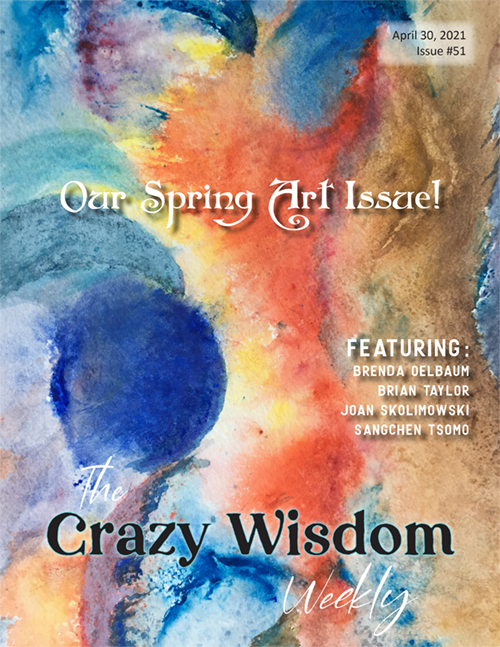
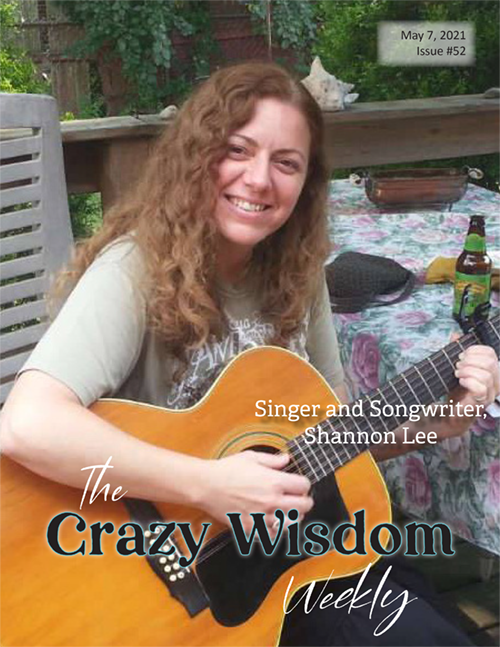
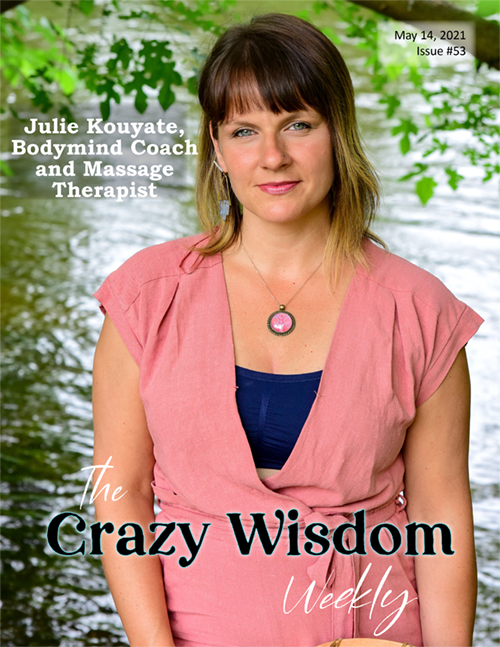

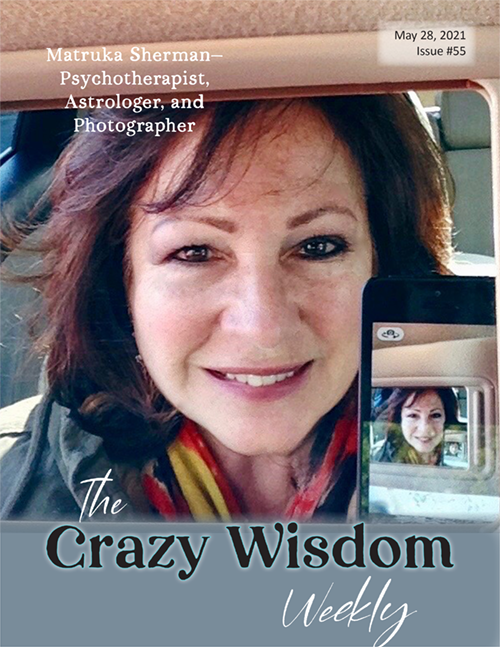
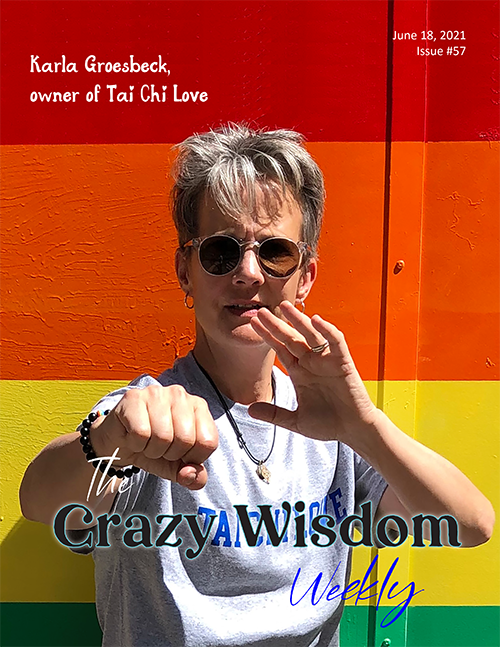
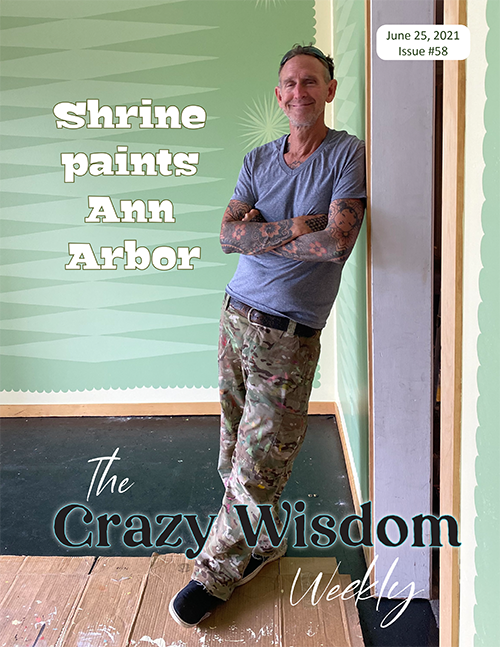
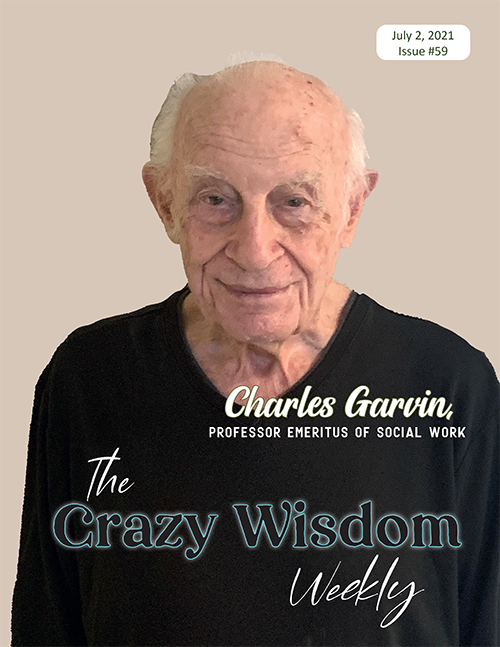
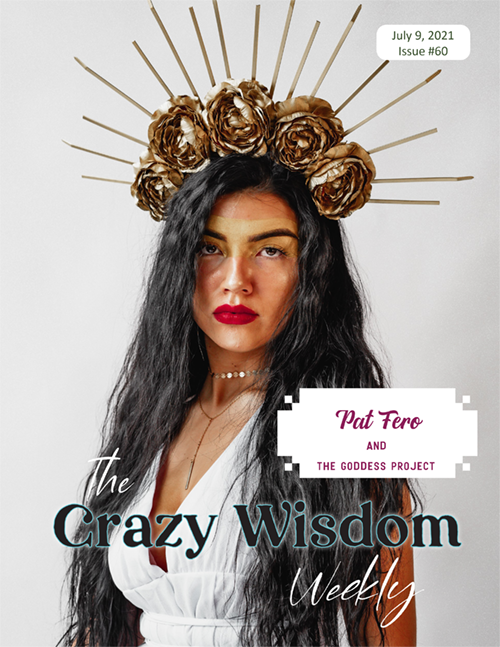


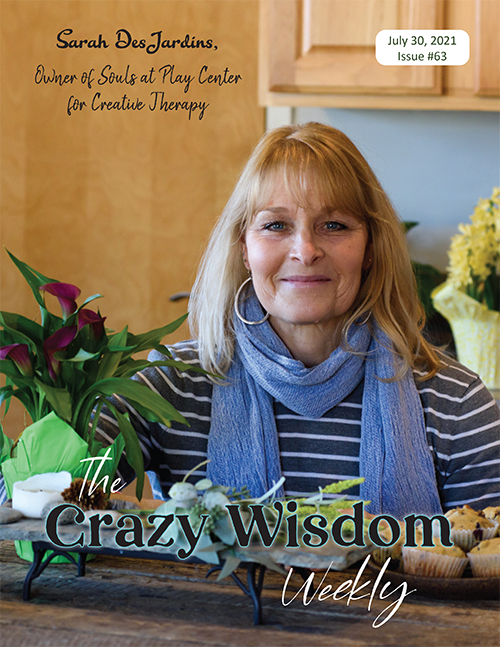

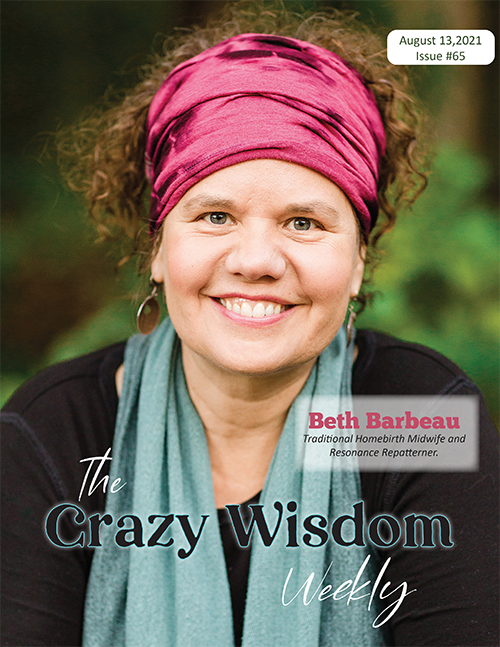

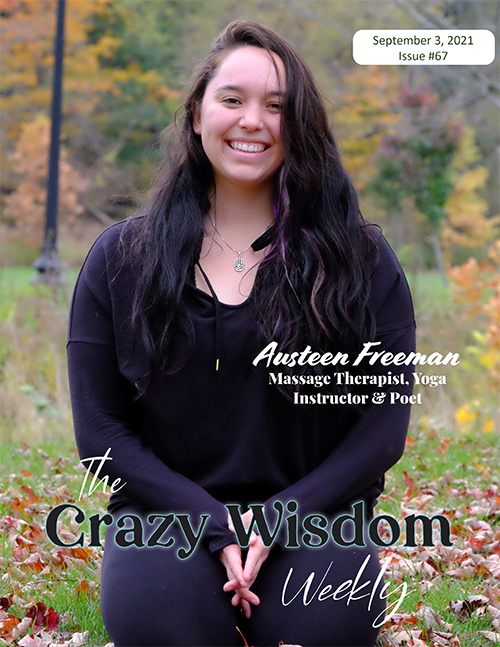
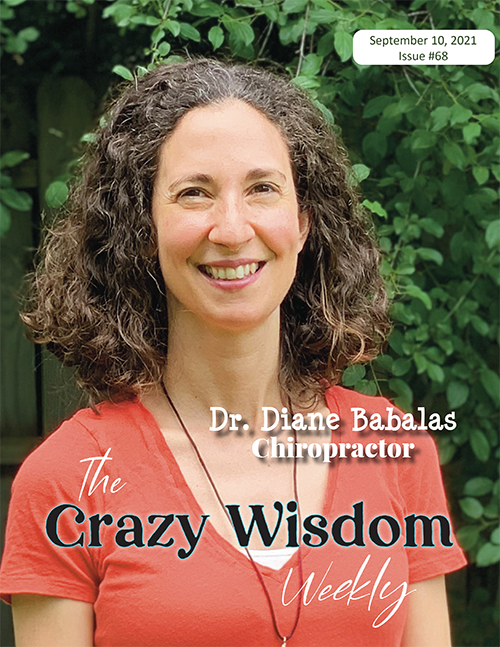

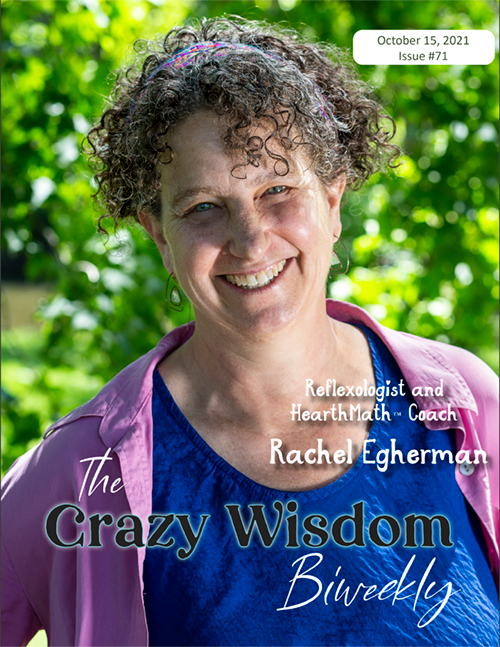
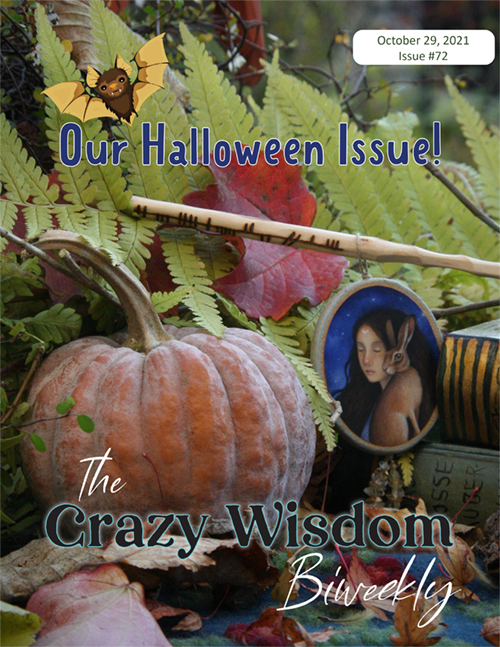
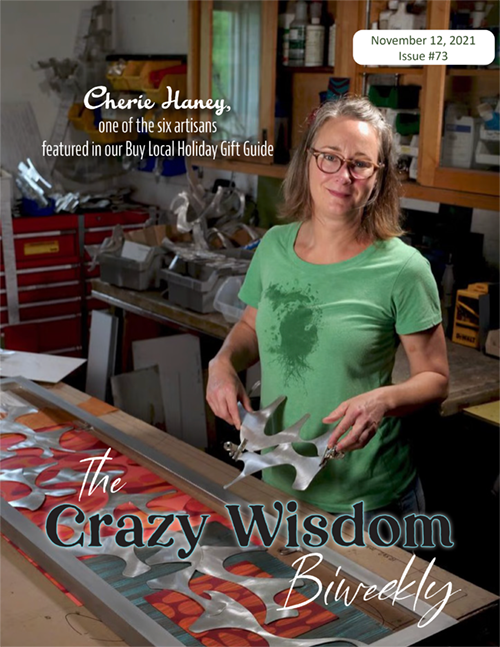

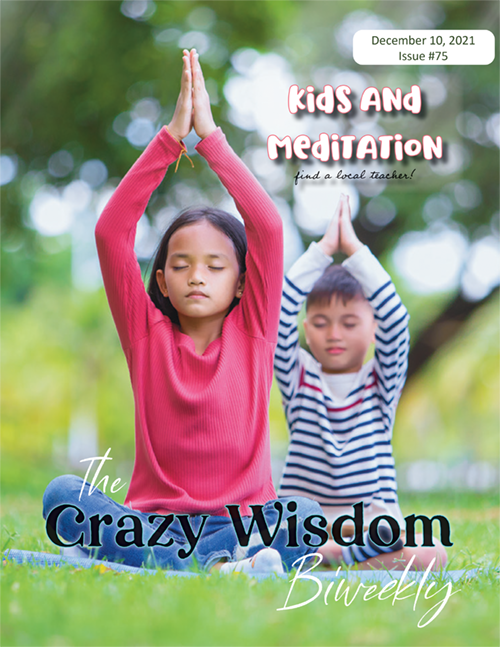
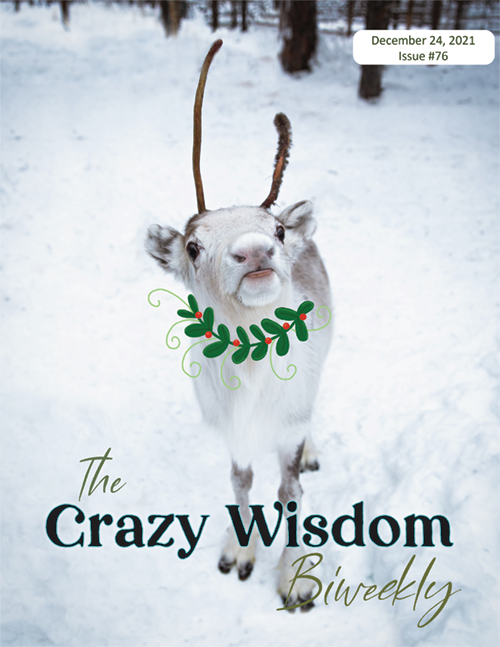

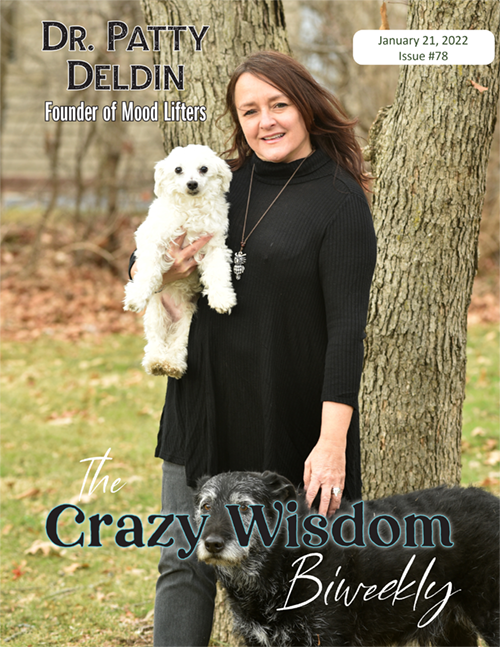




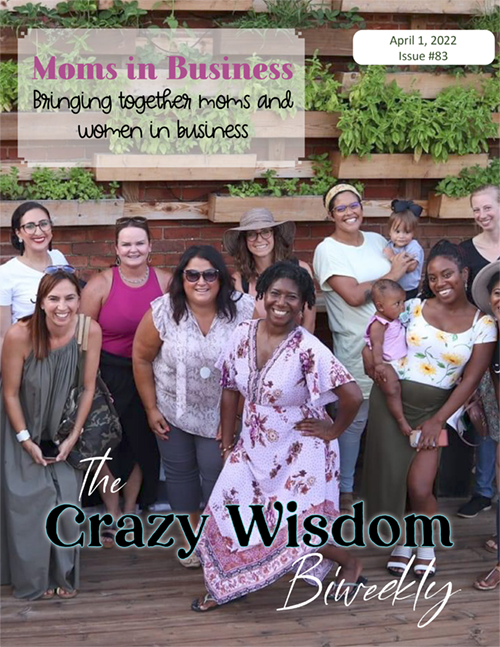


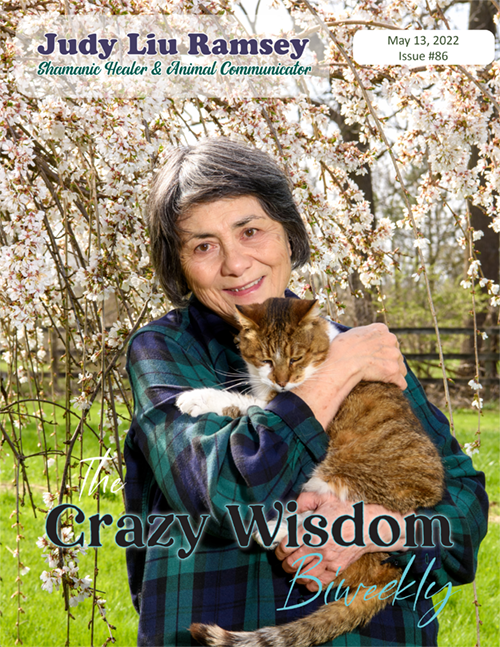

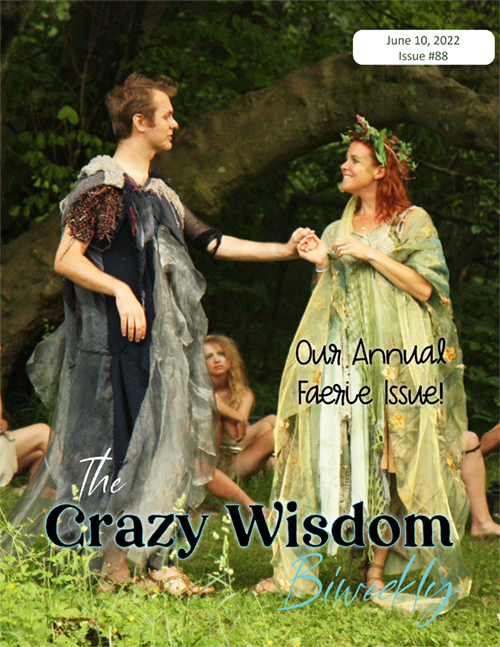


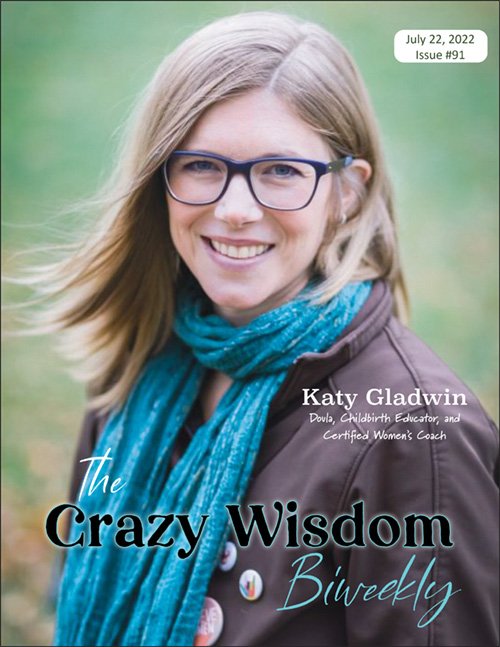
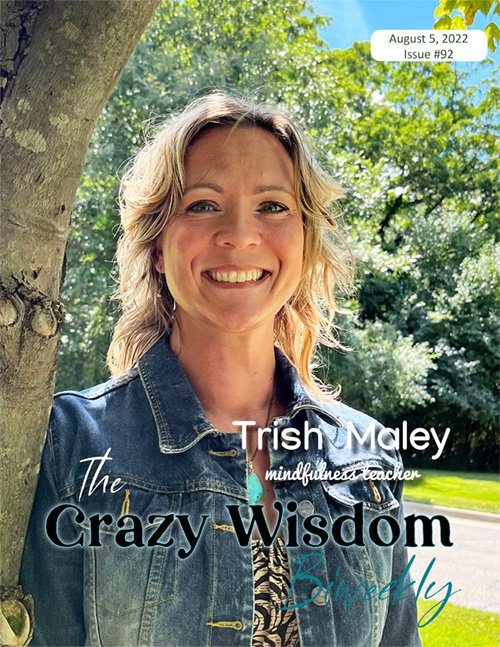


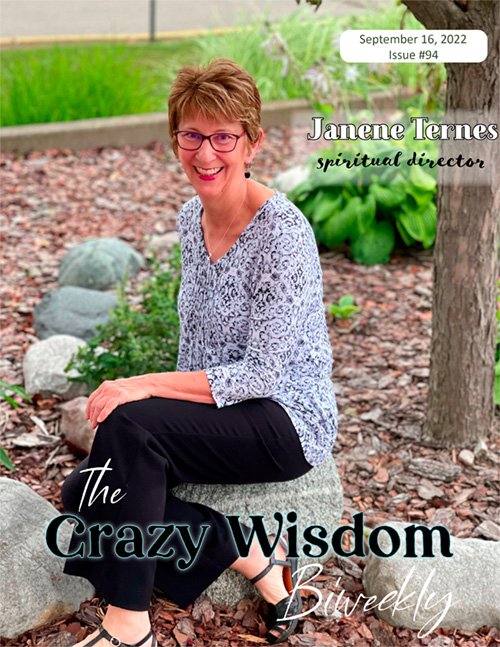
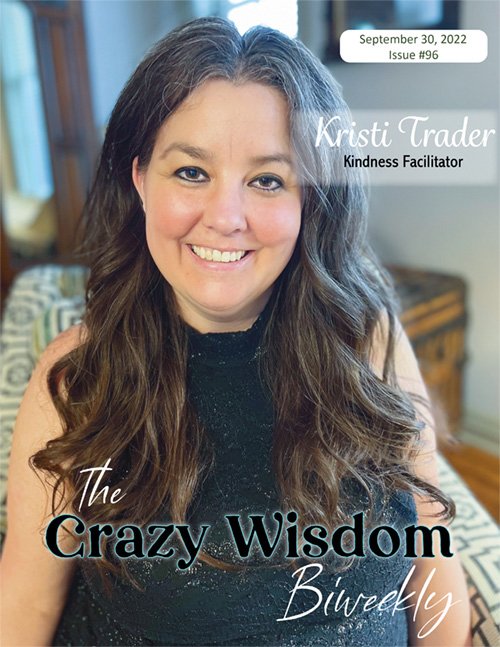
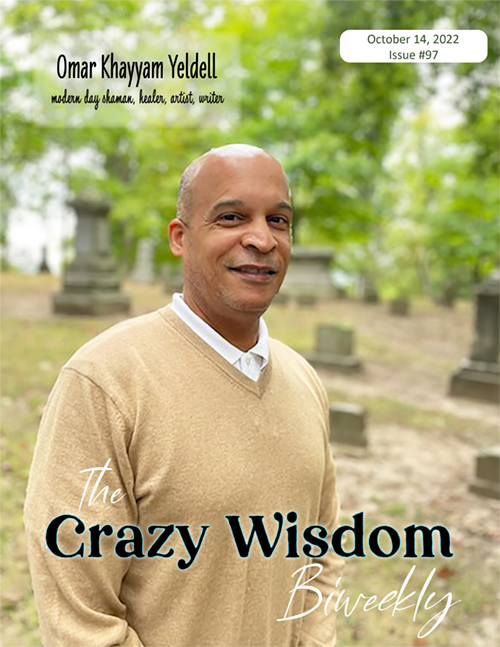
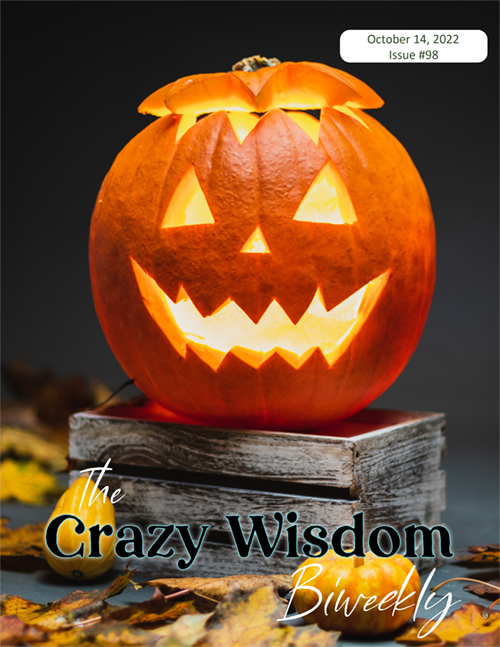

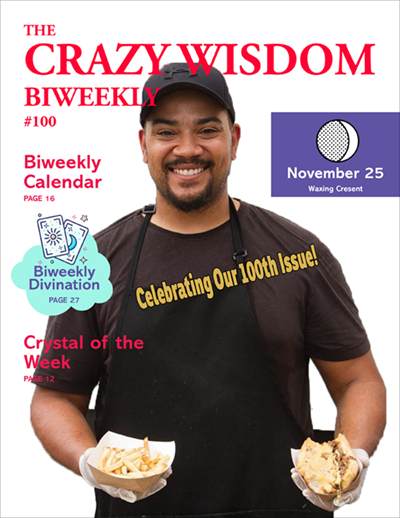


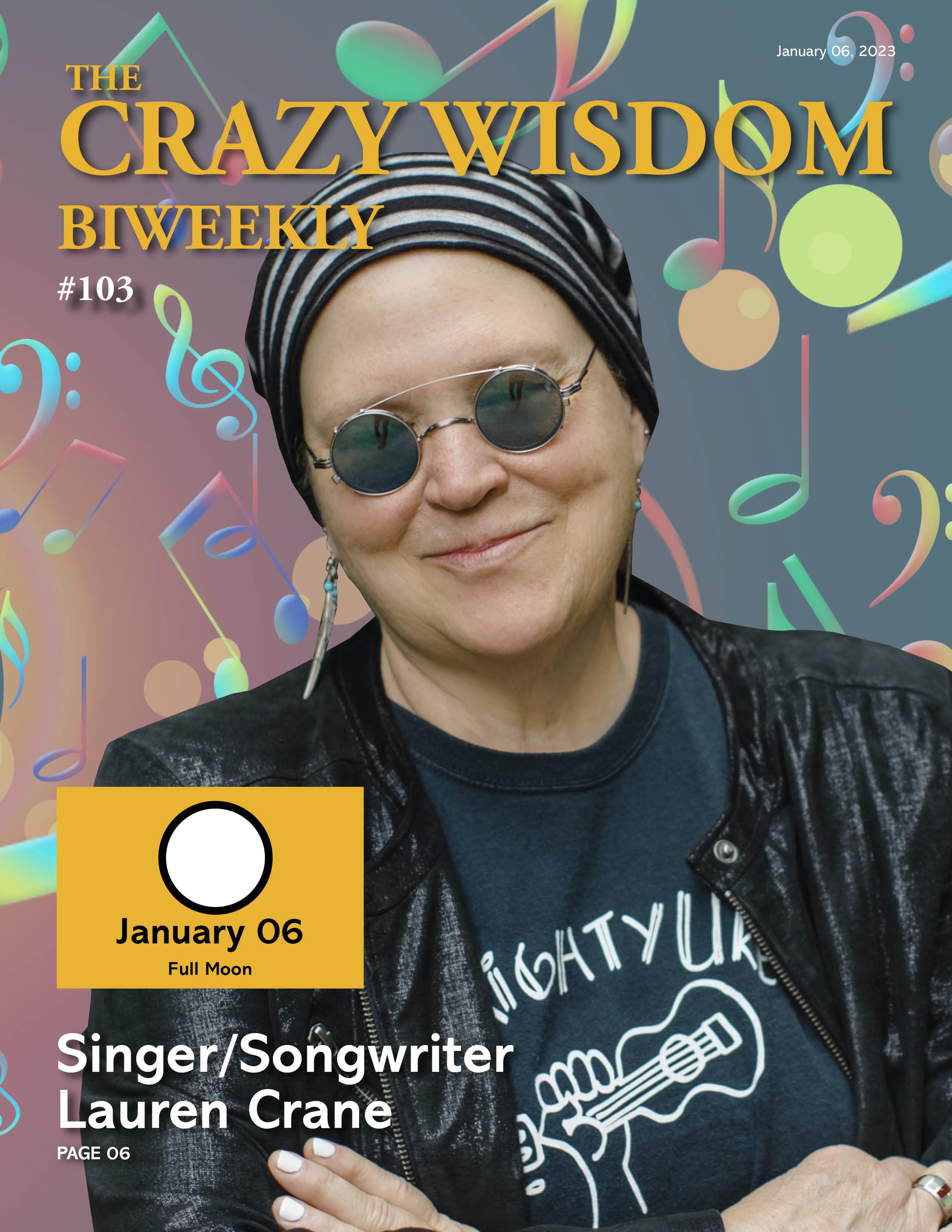





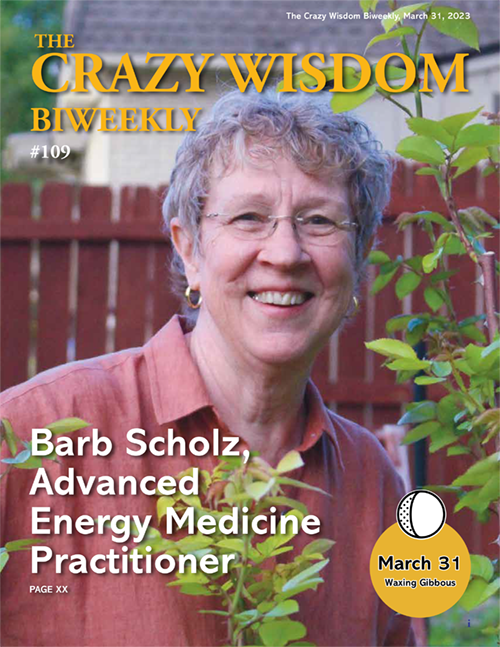
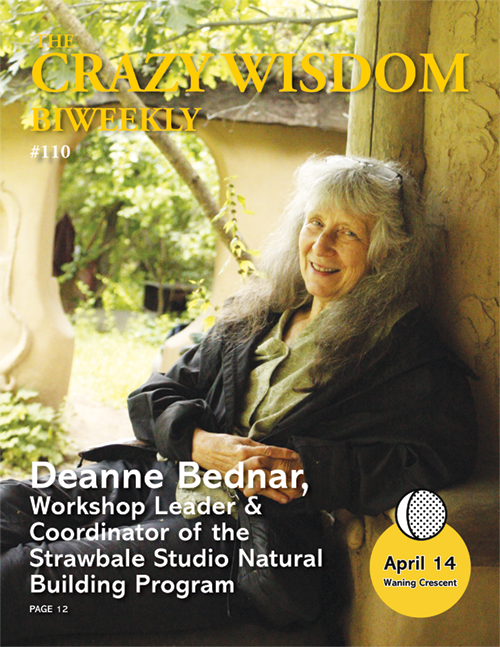
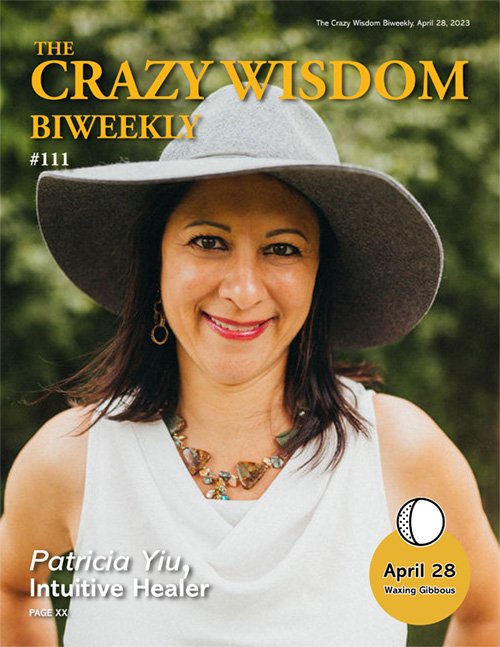
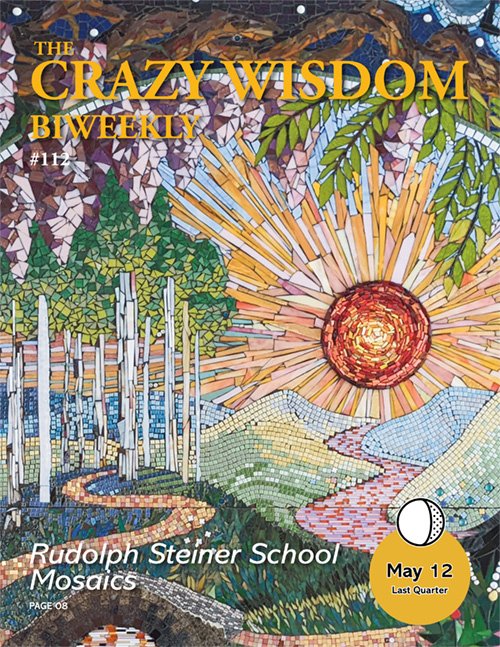
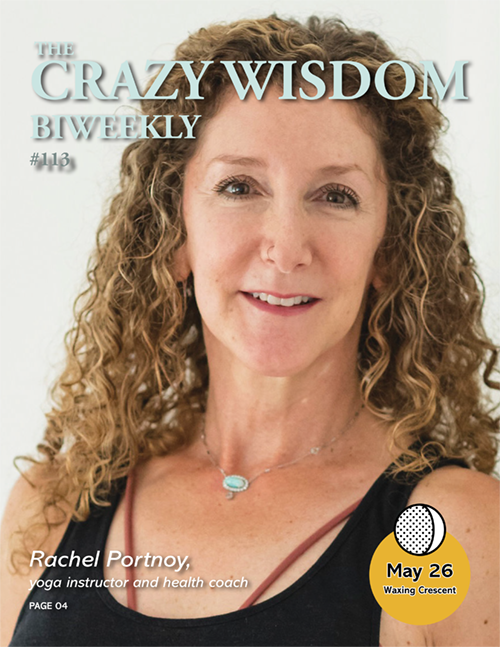
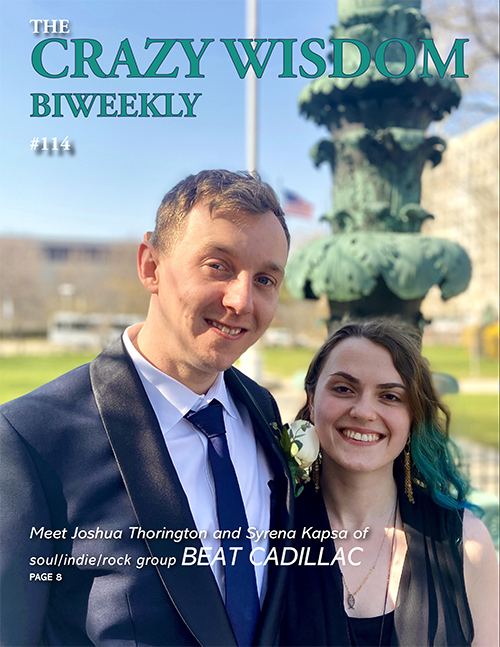
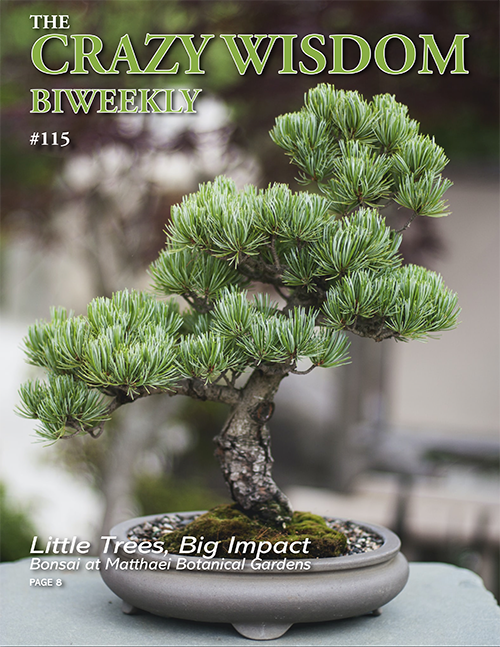
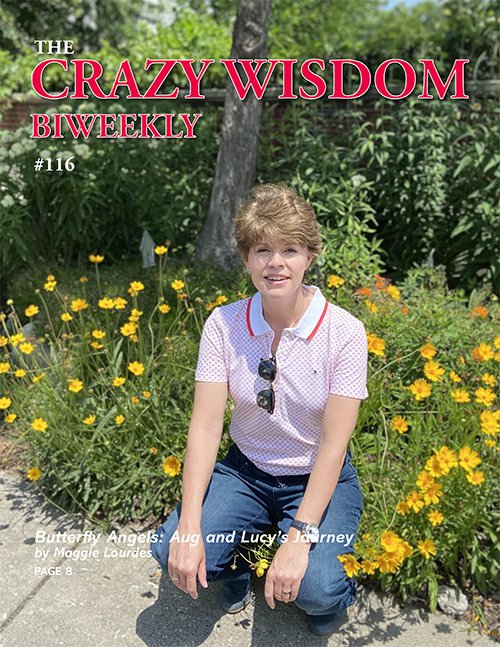
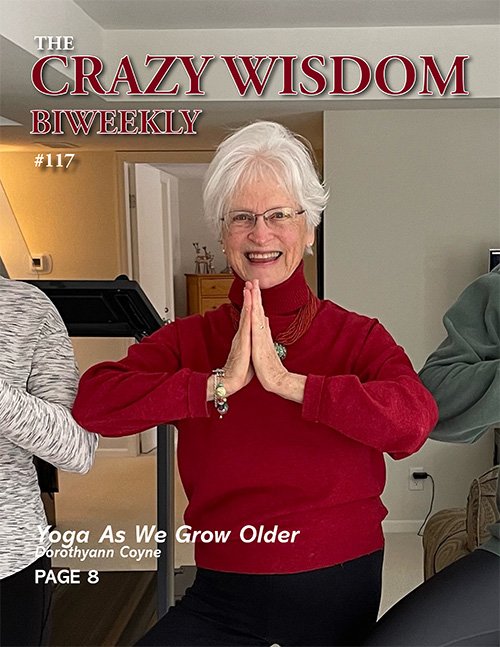
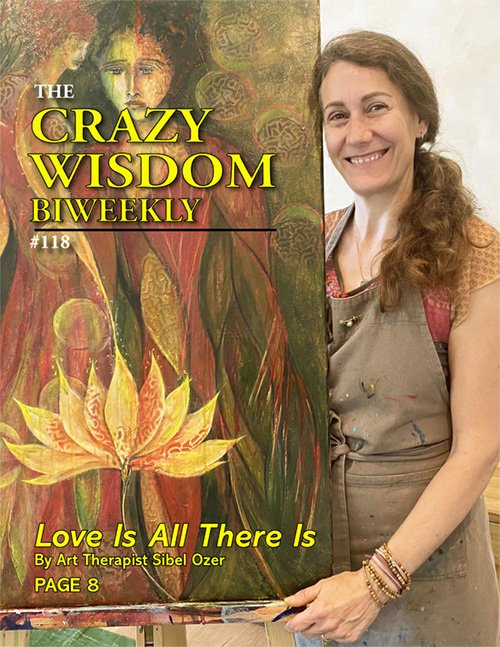
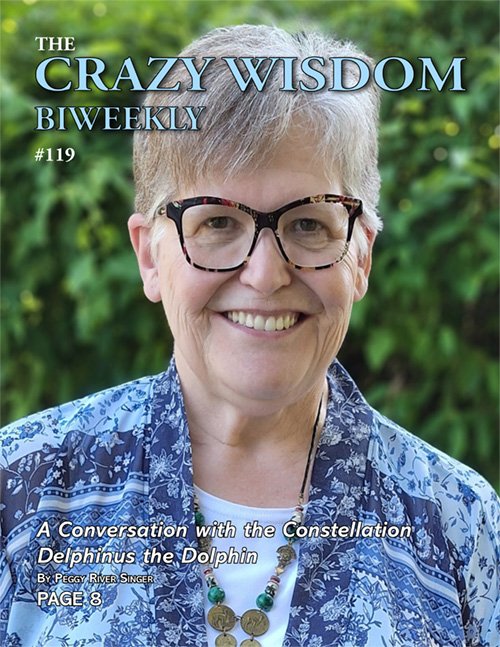
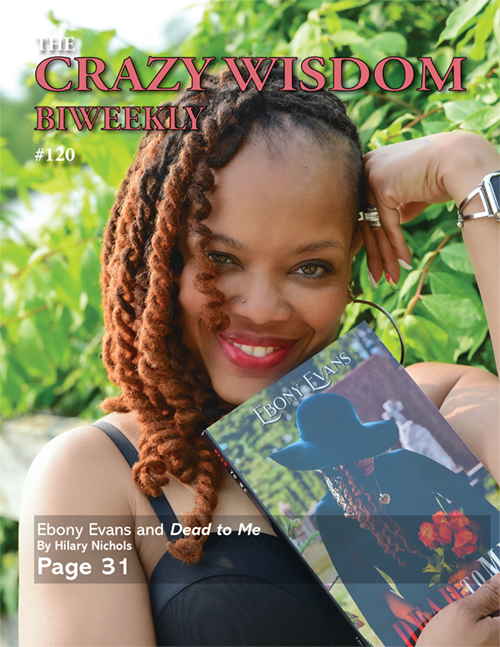
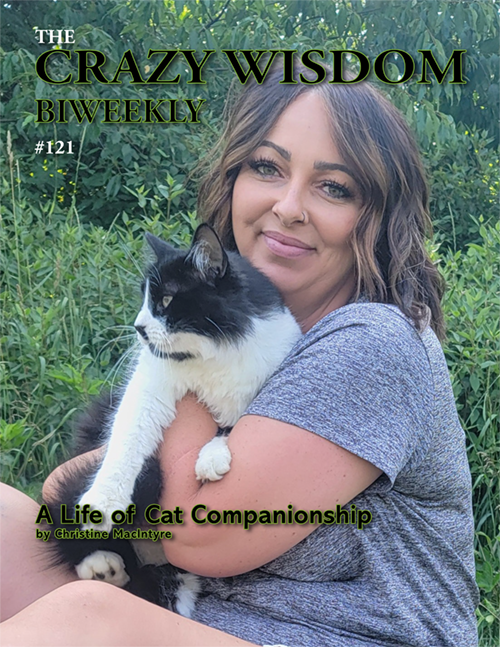
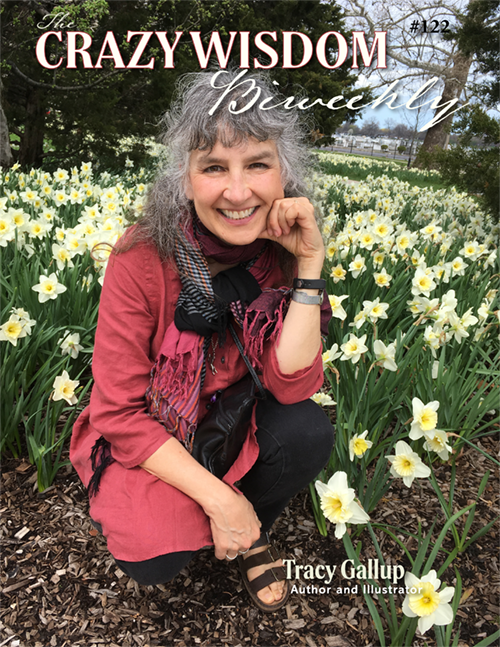
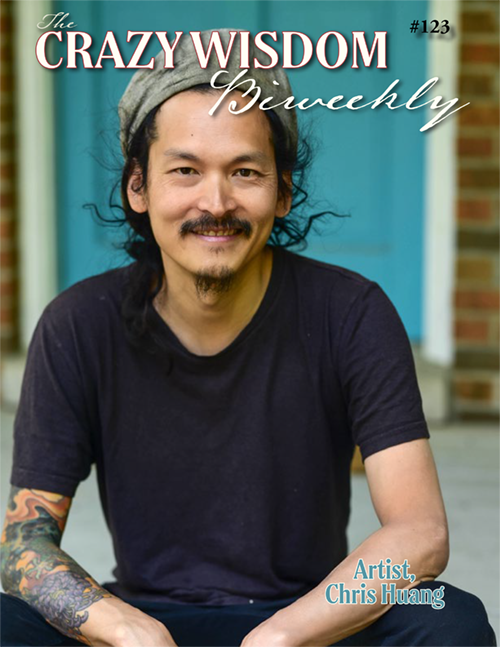



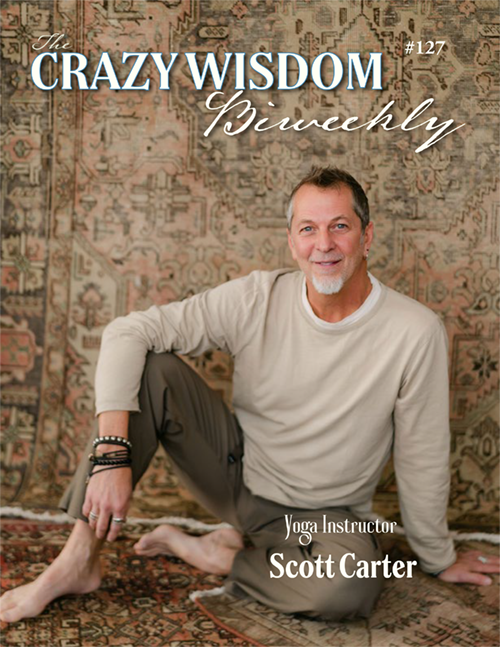



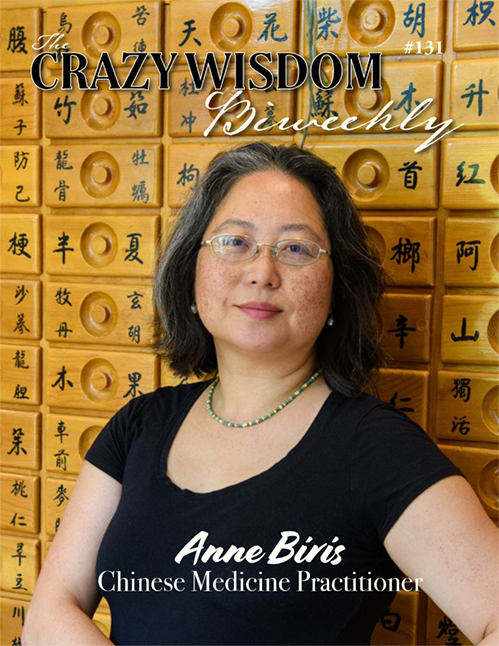

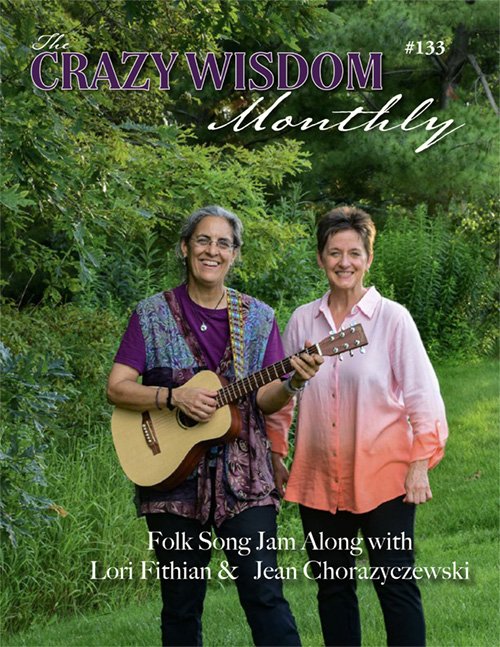


















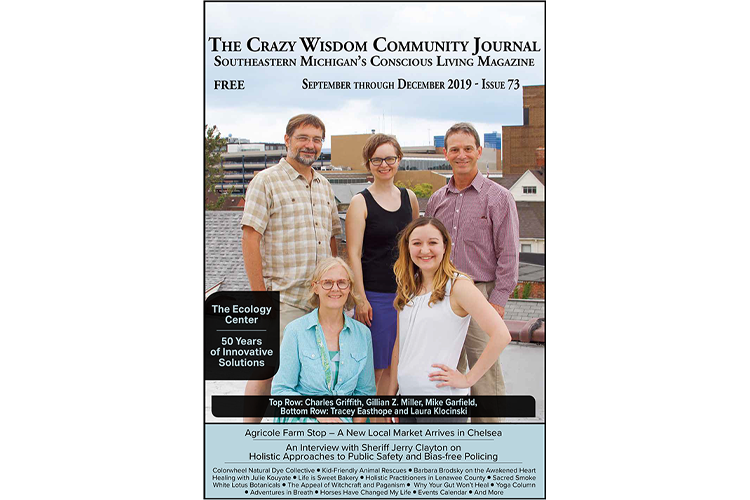
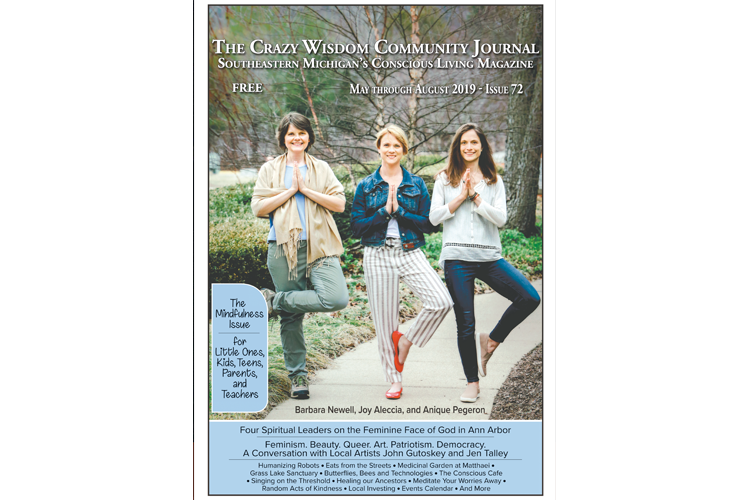

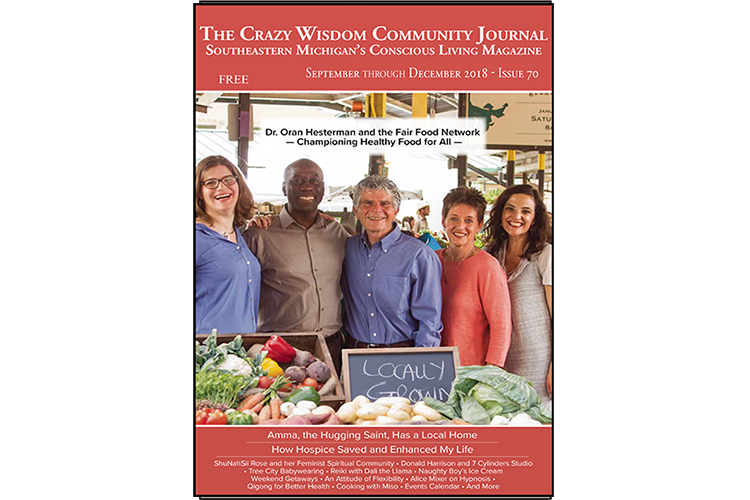
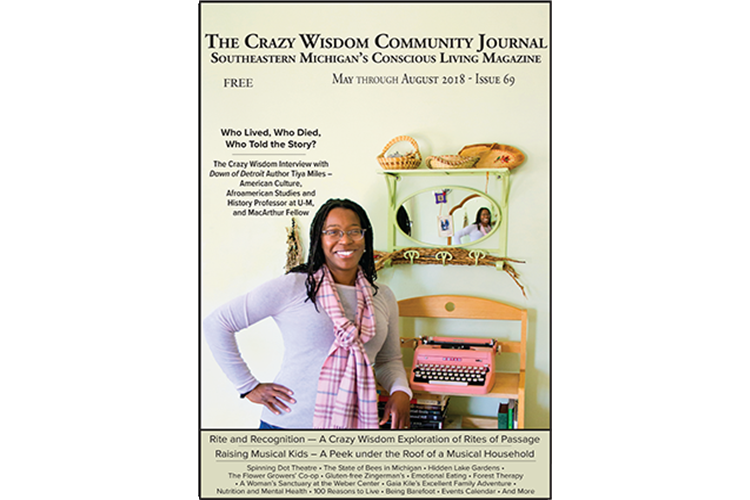

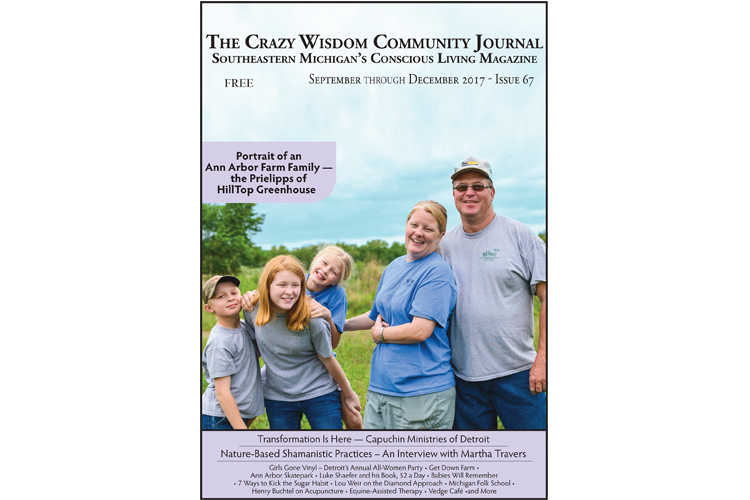

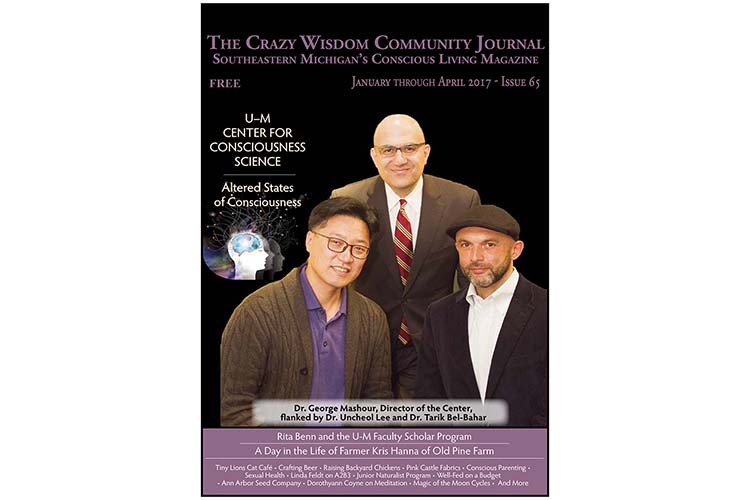
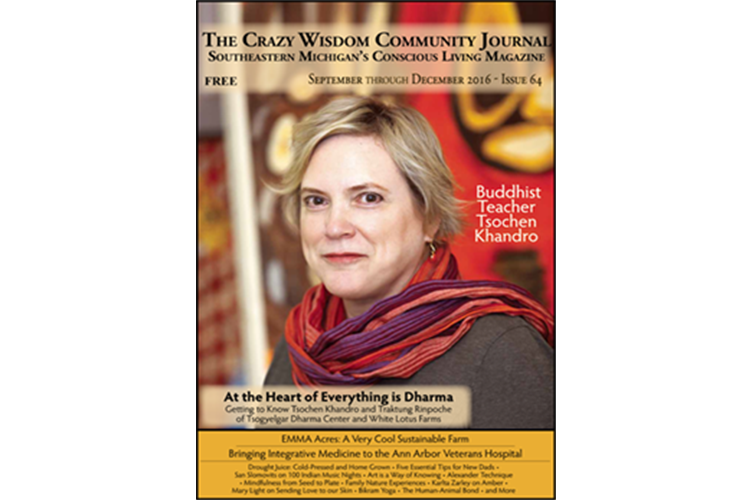







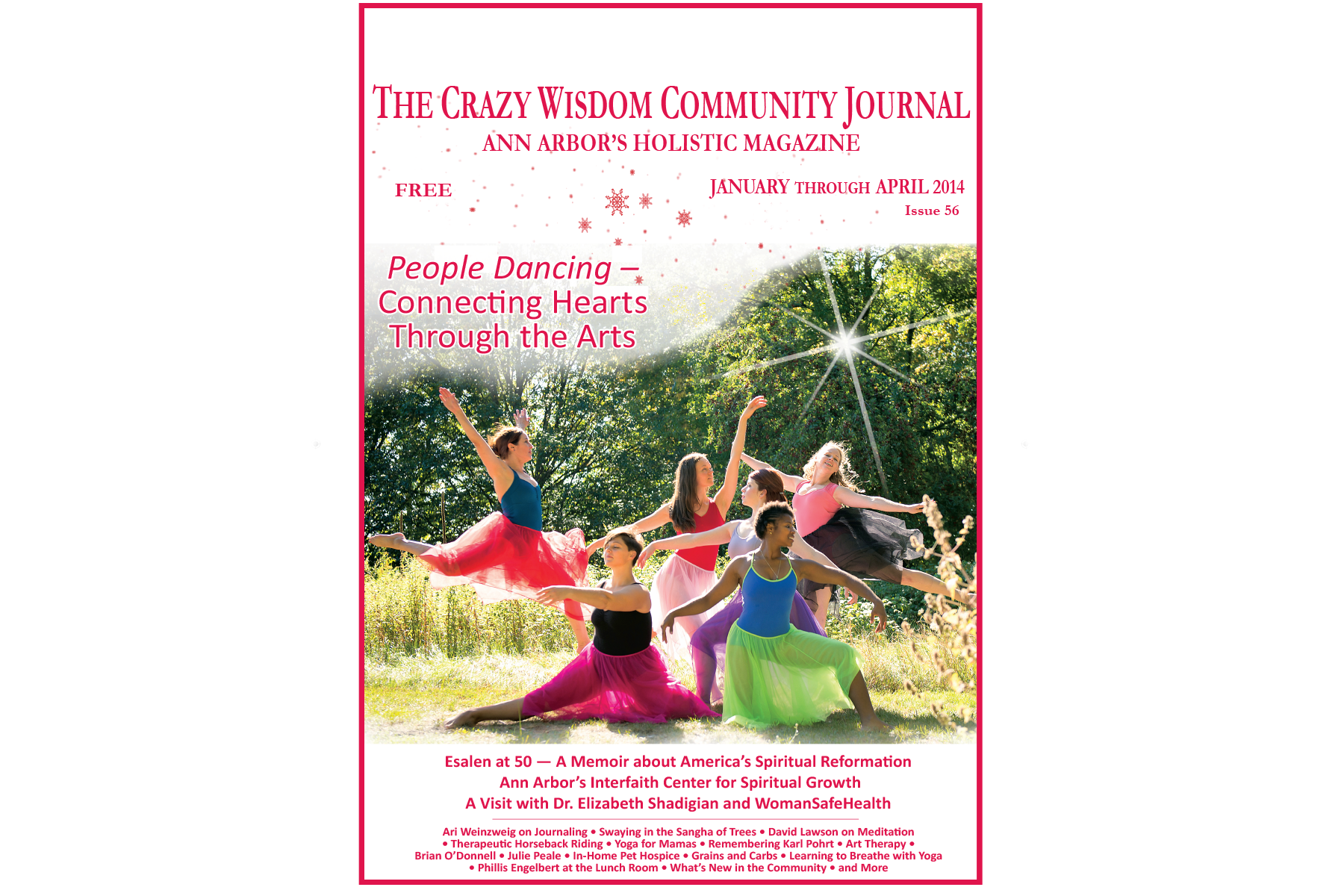




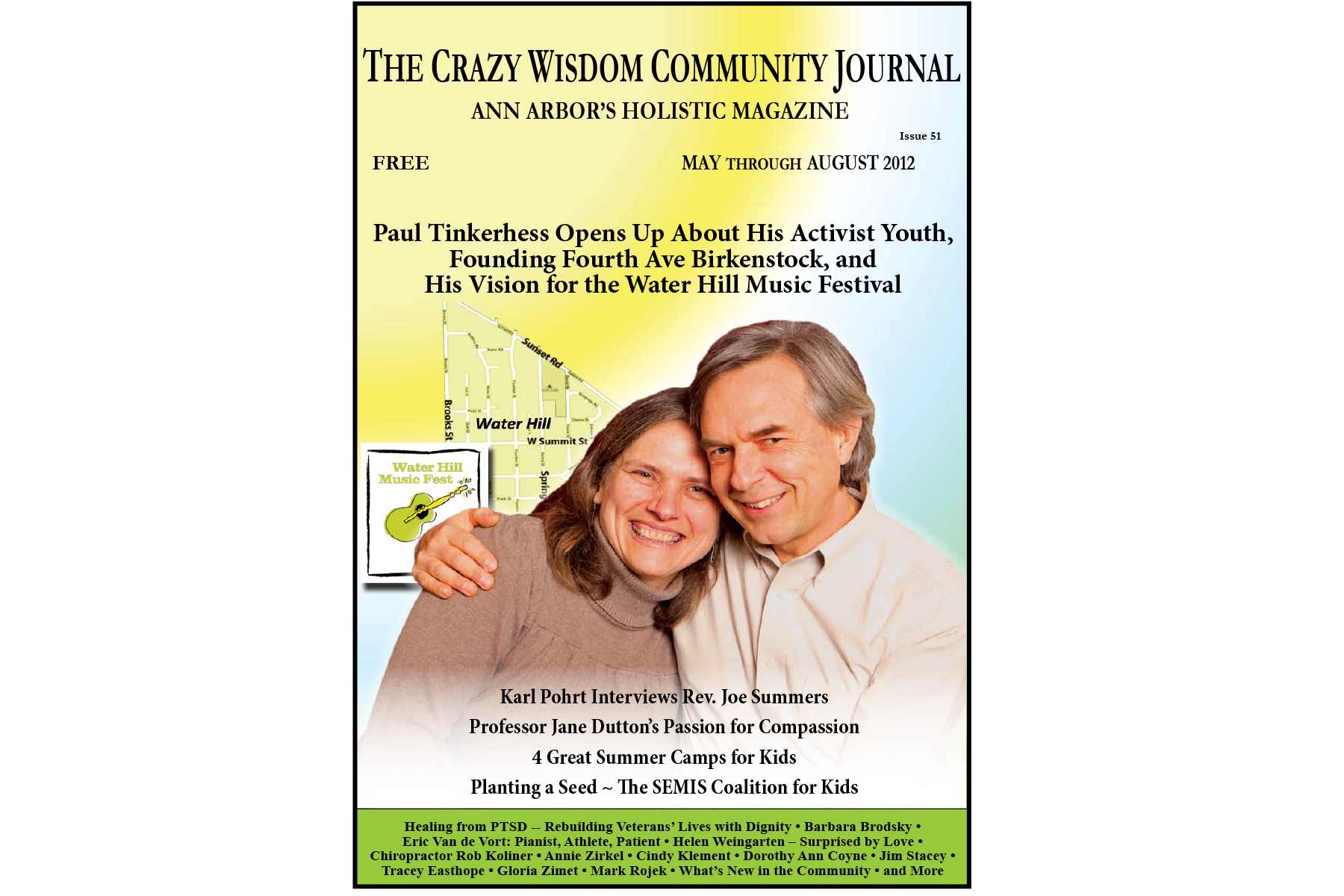


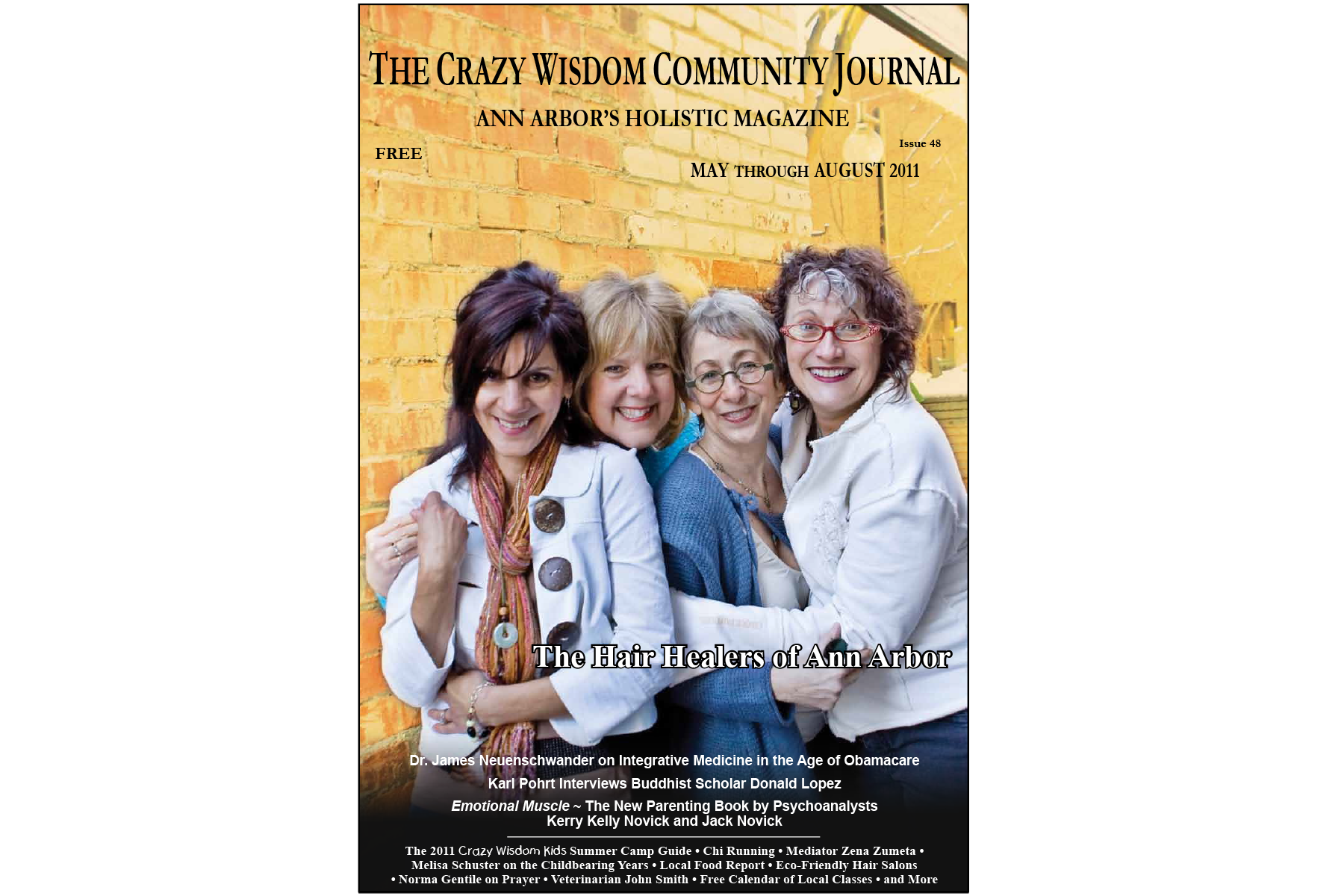
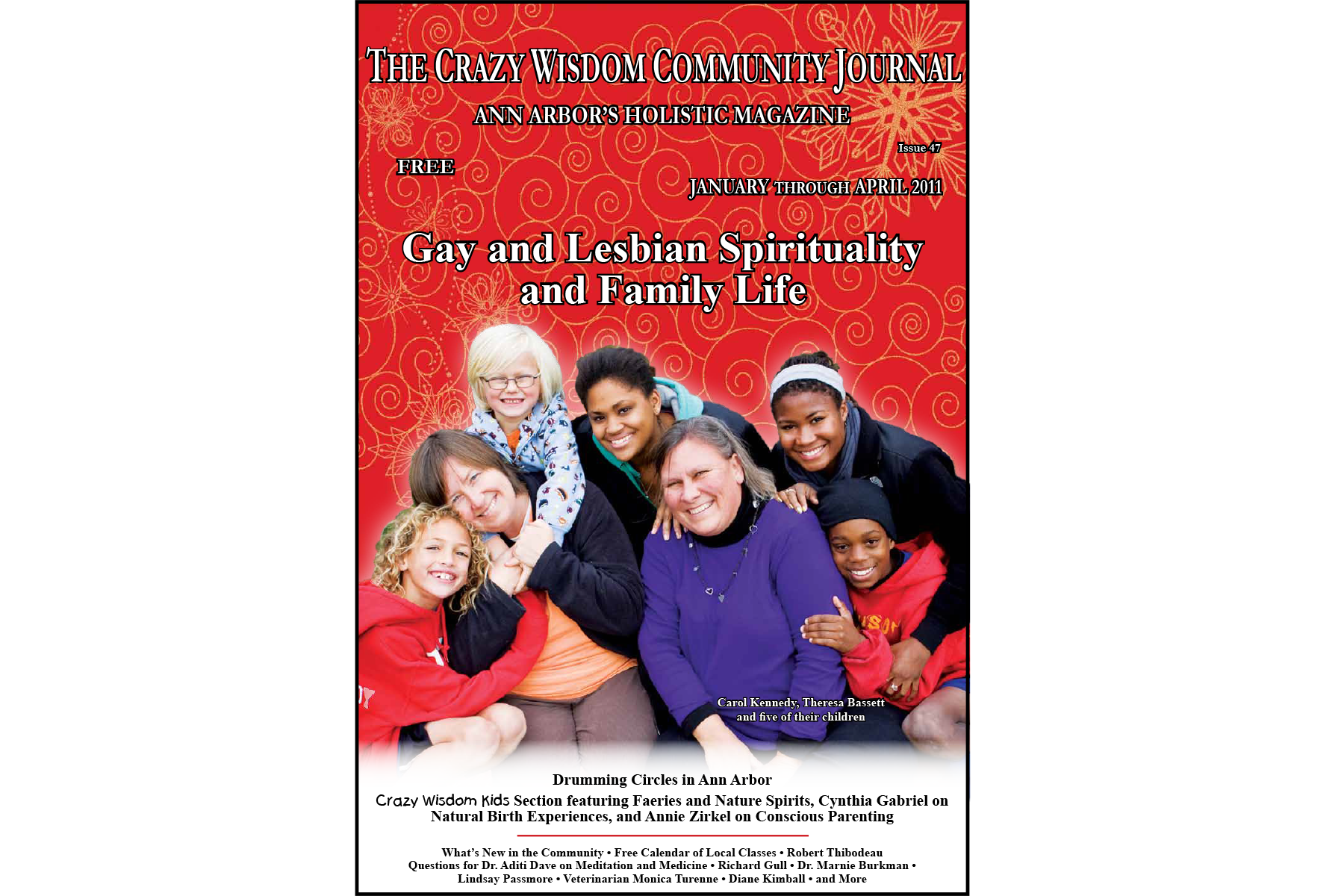
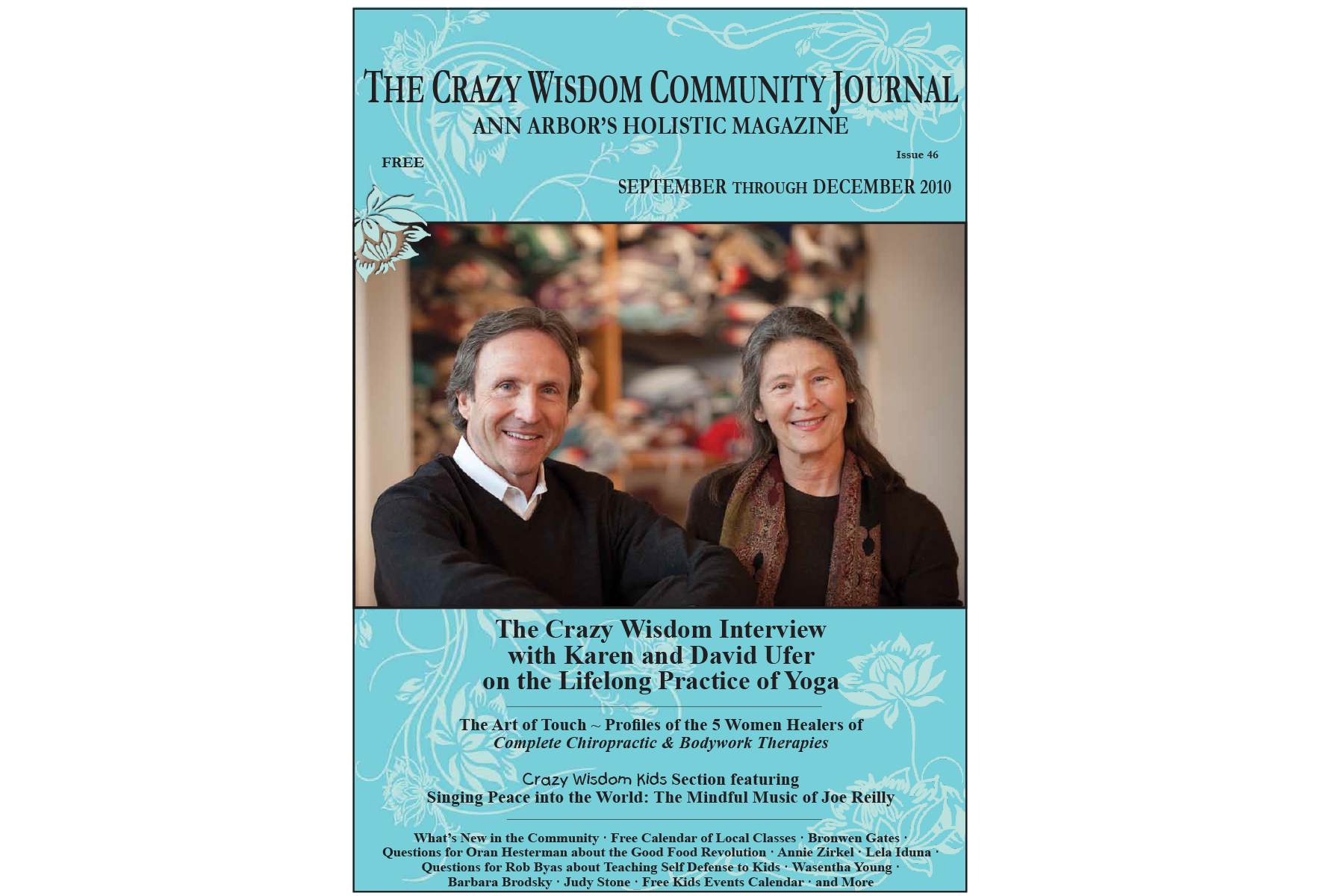





This is the story of Margot, a recently rescued tuxedo cat, and how she curled up in my heart and broke it open.